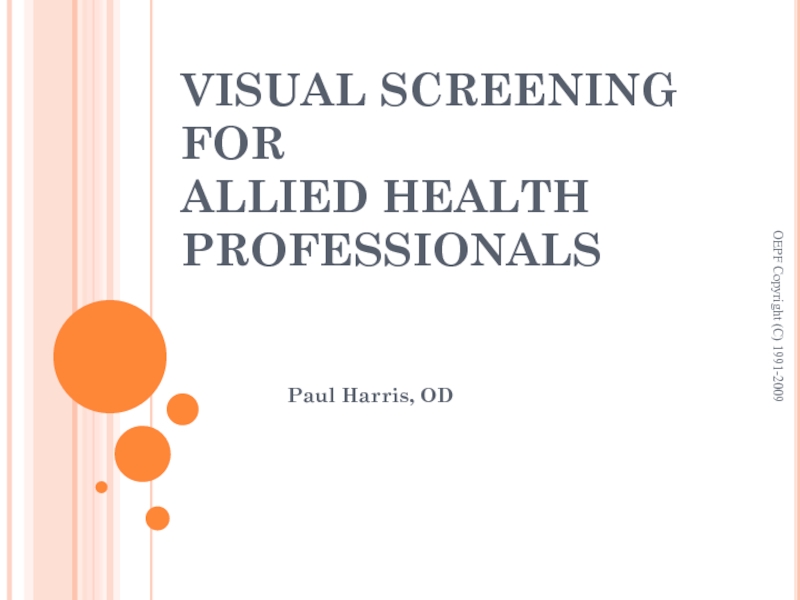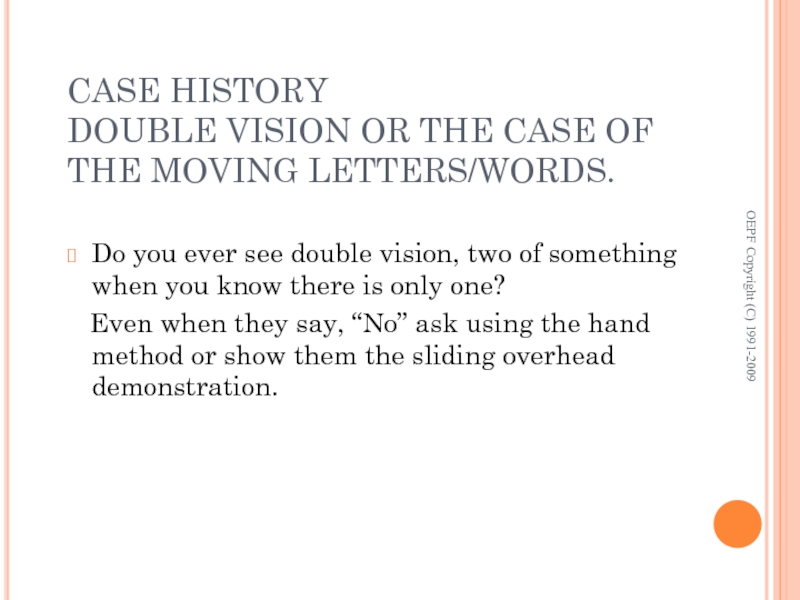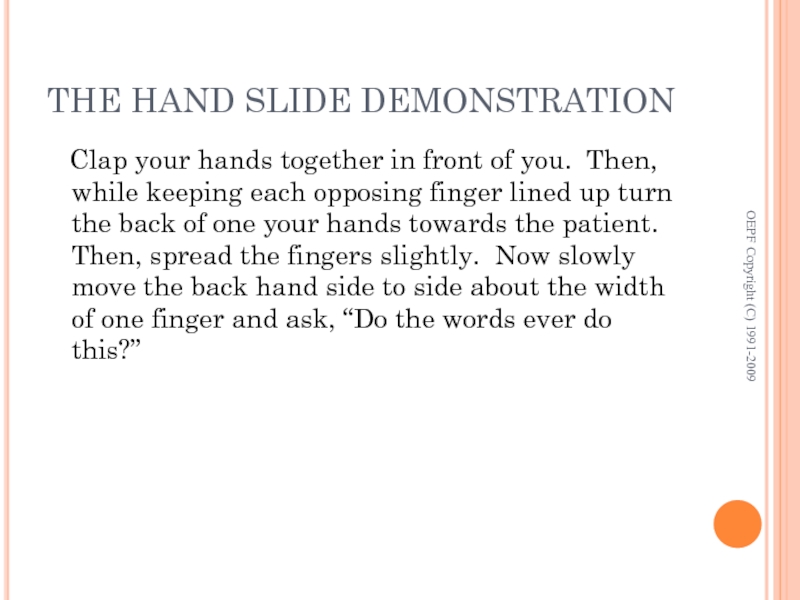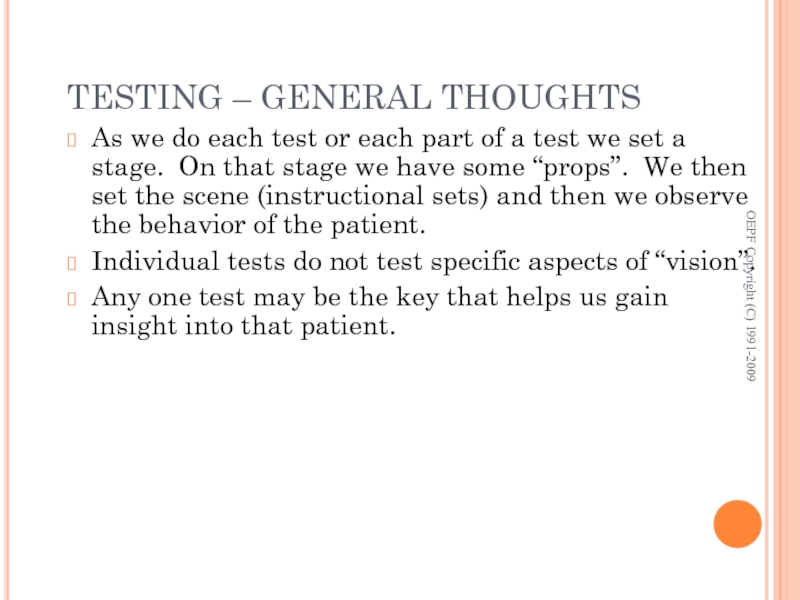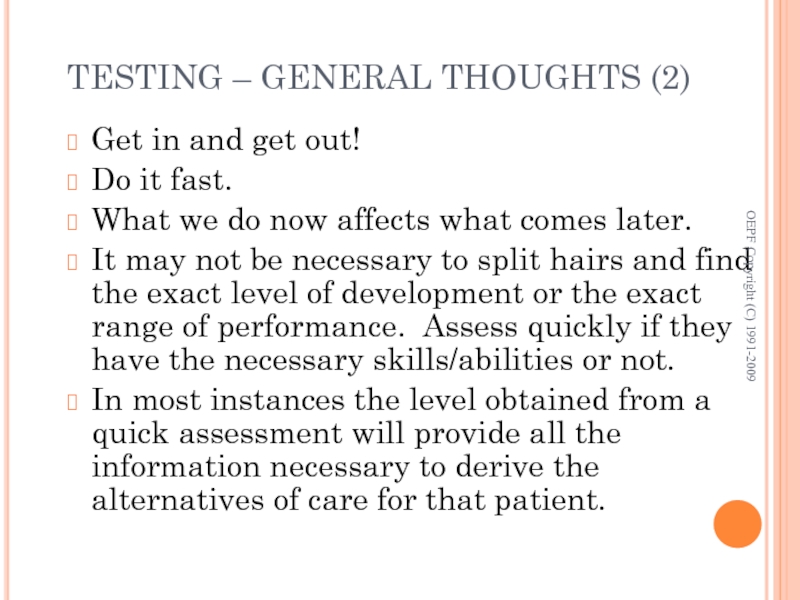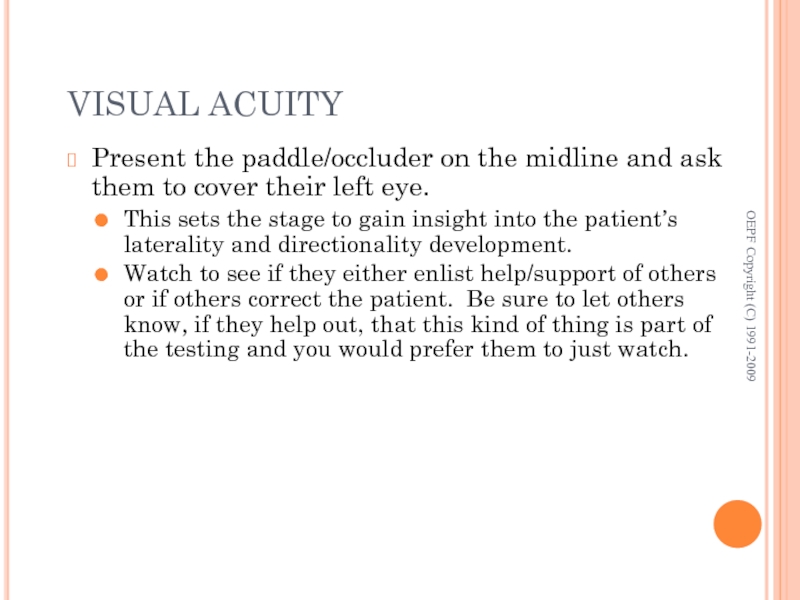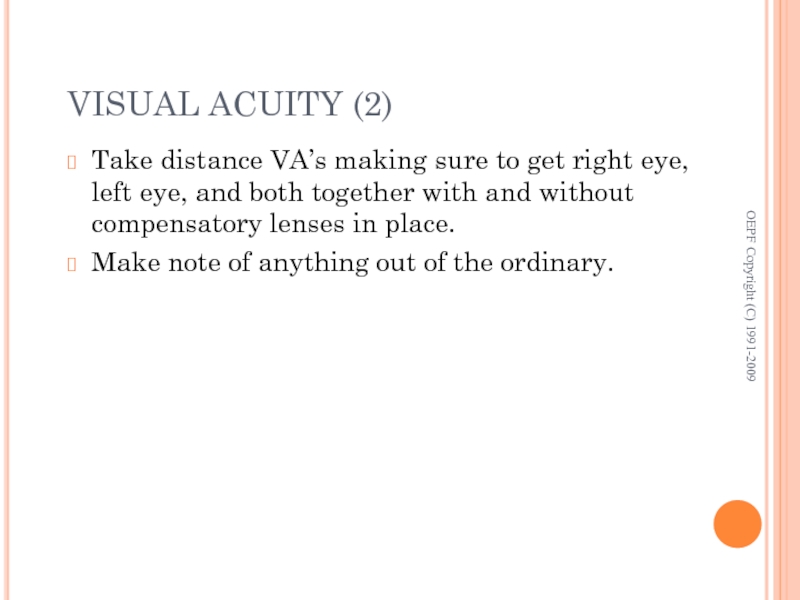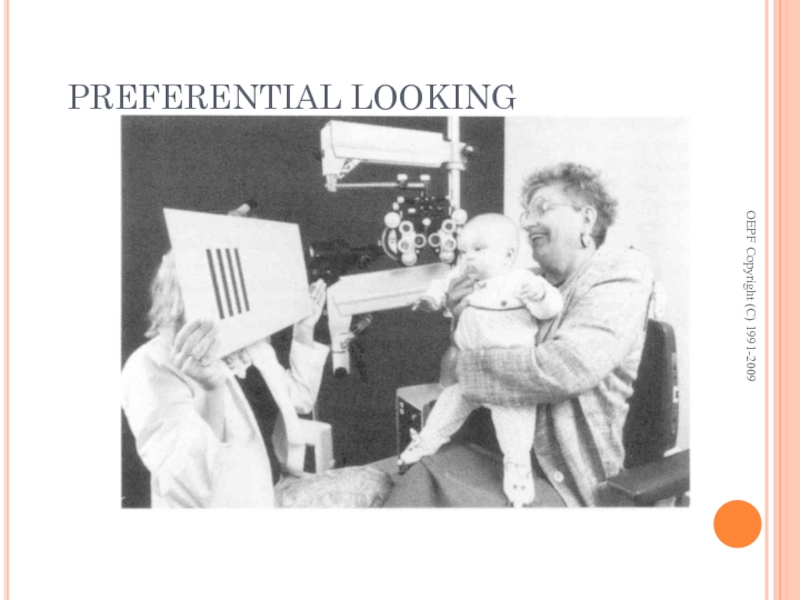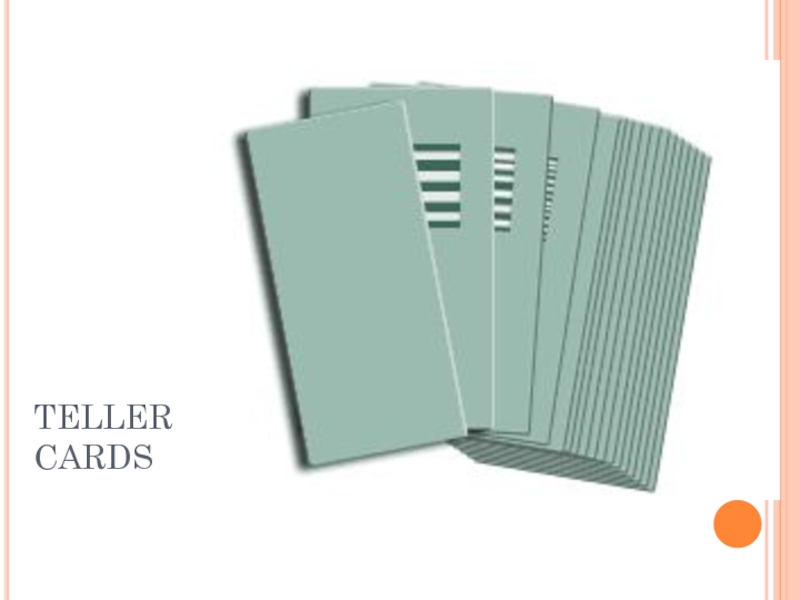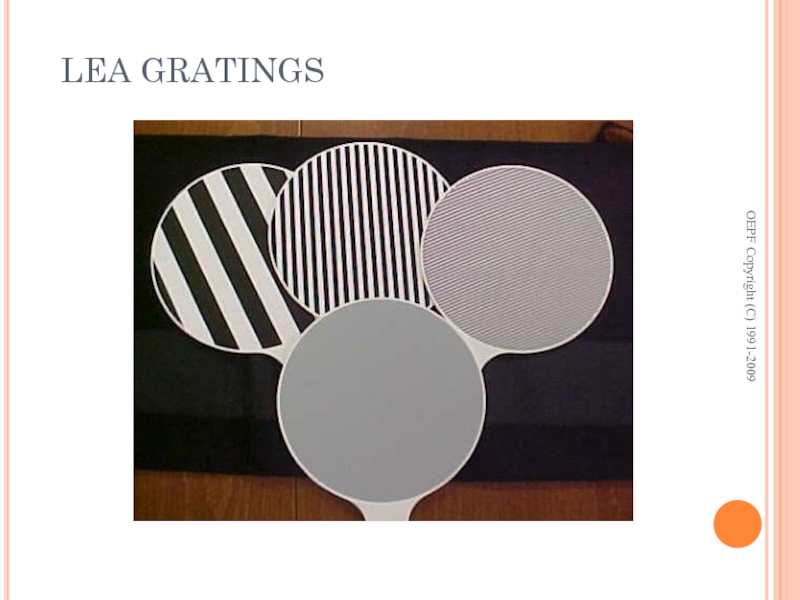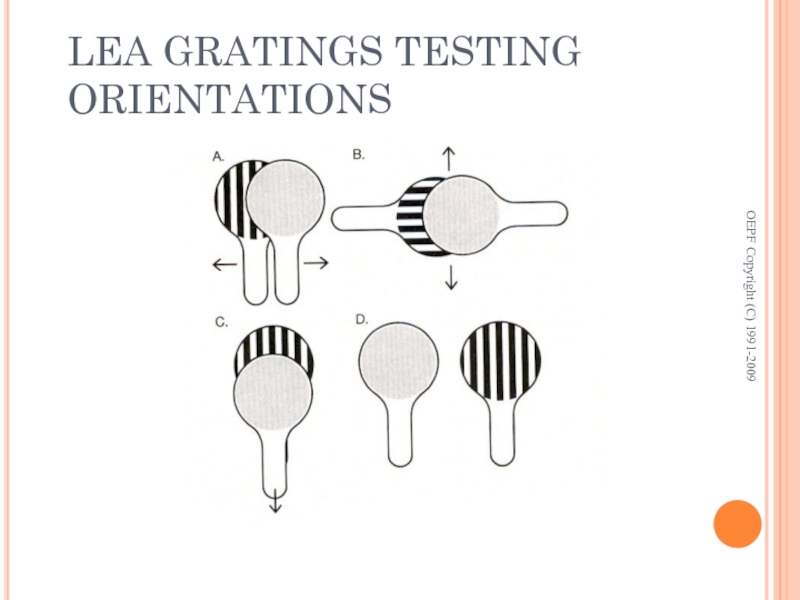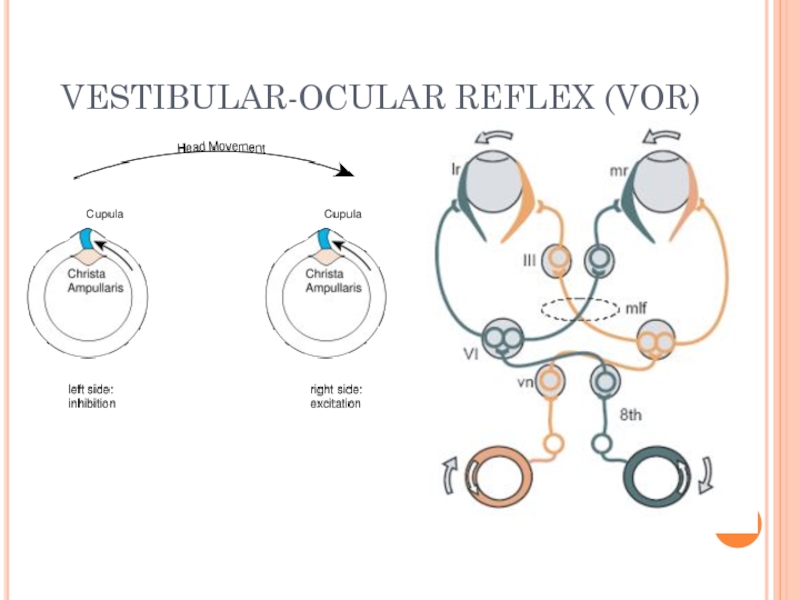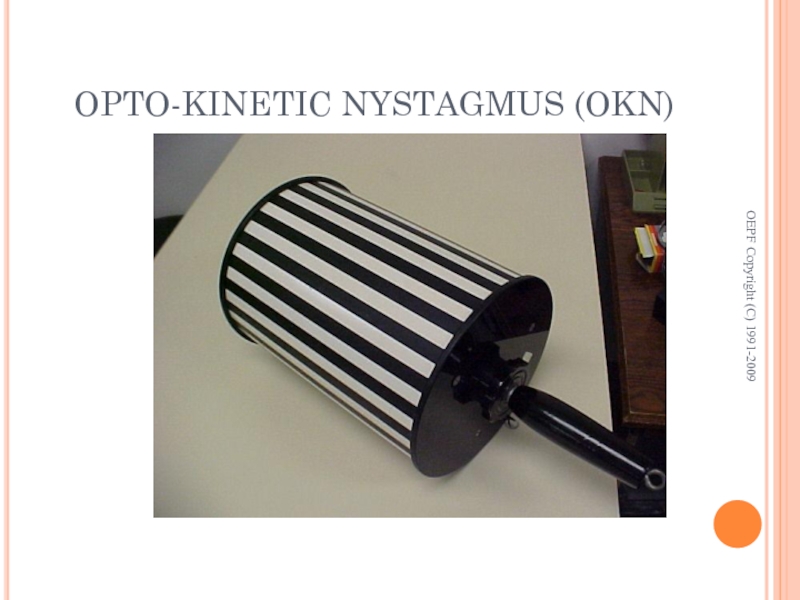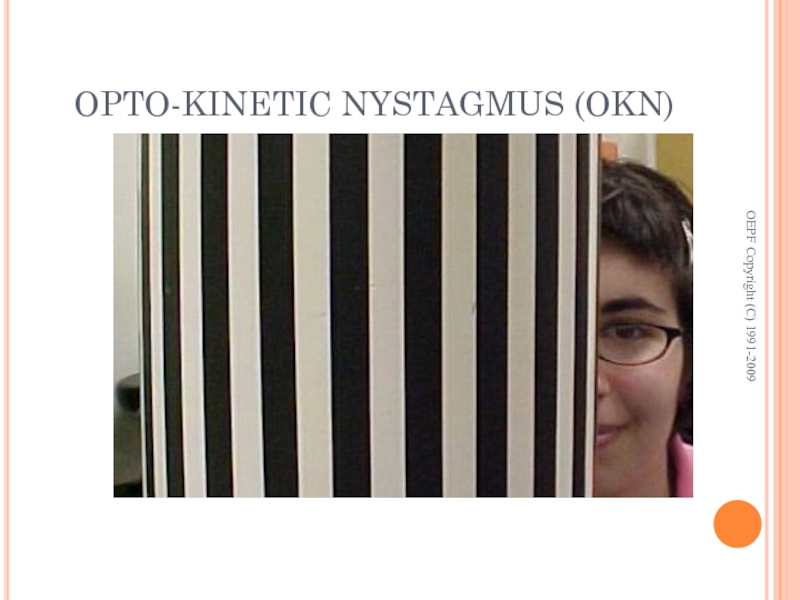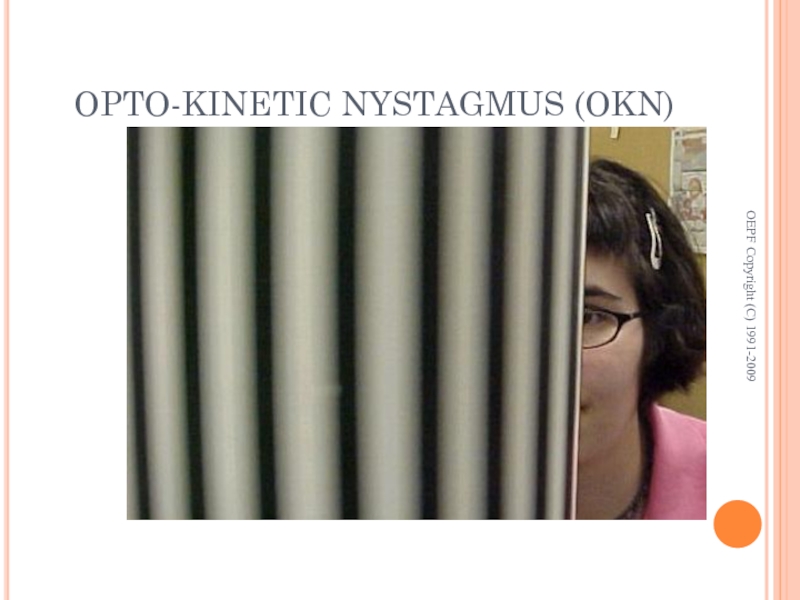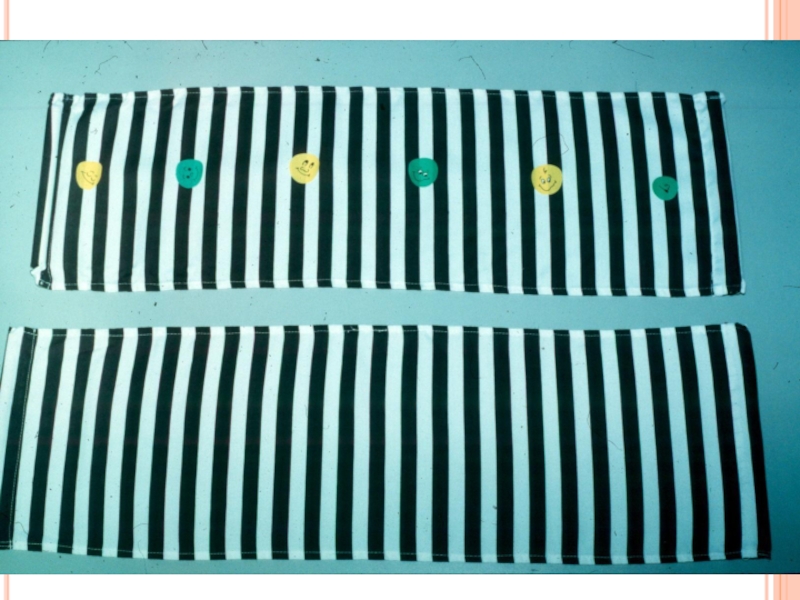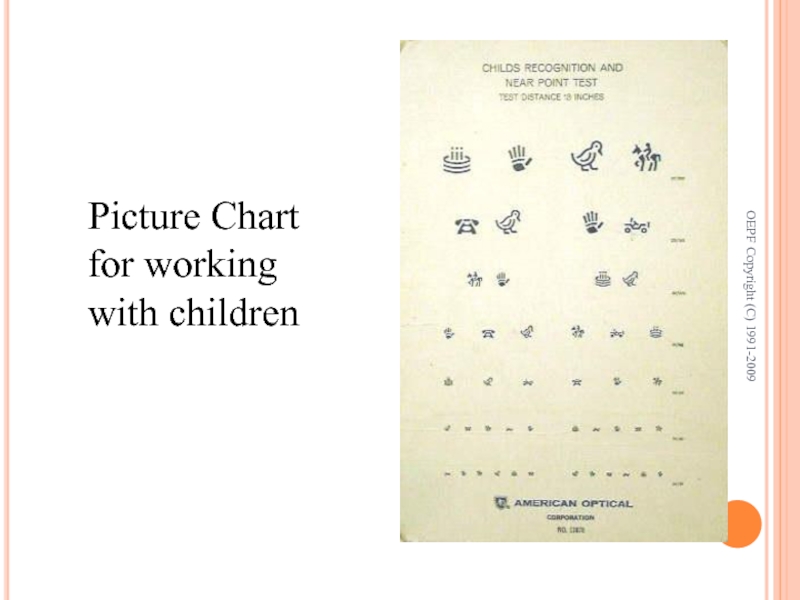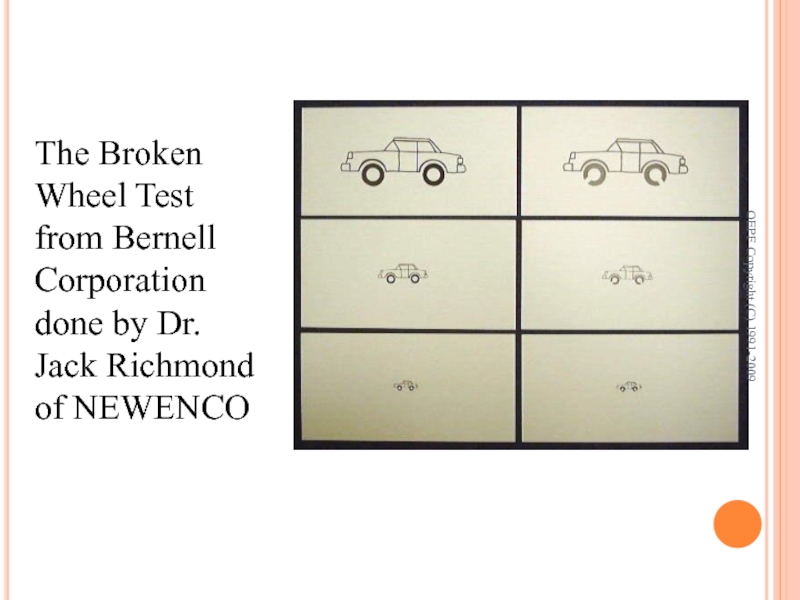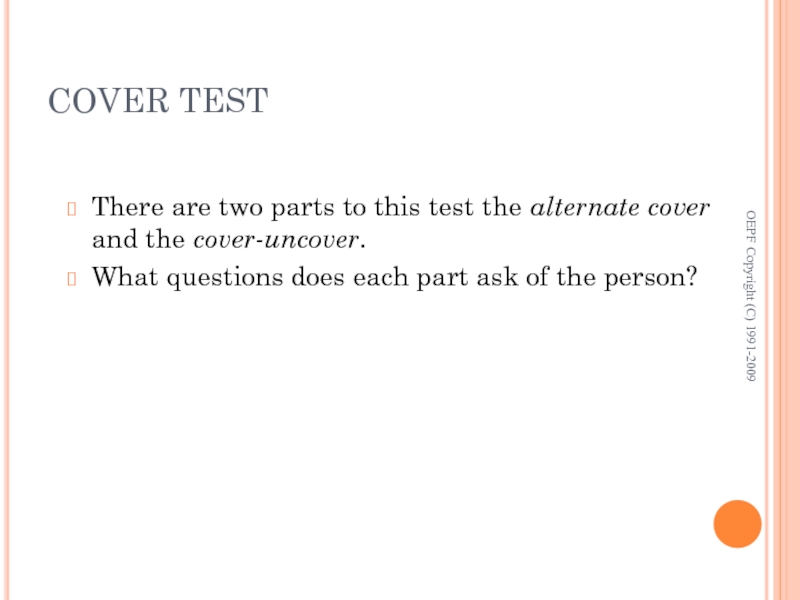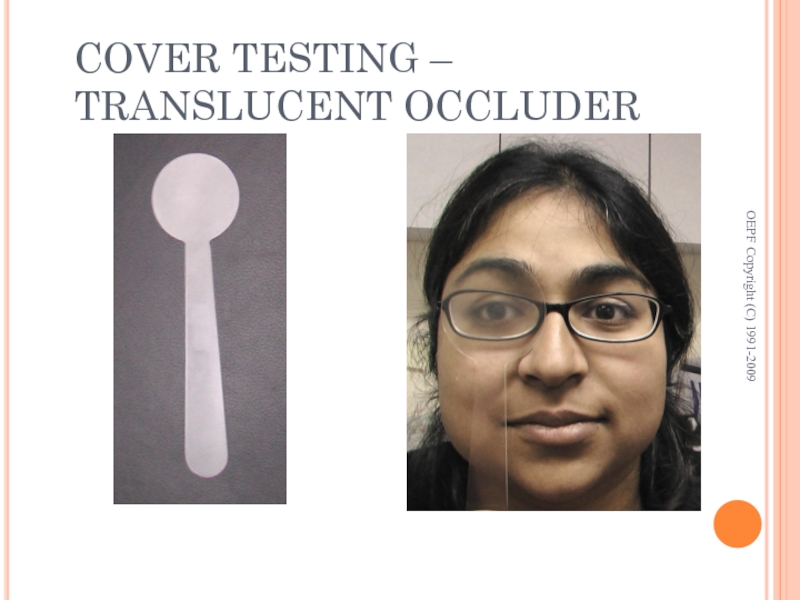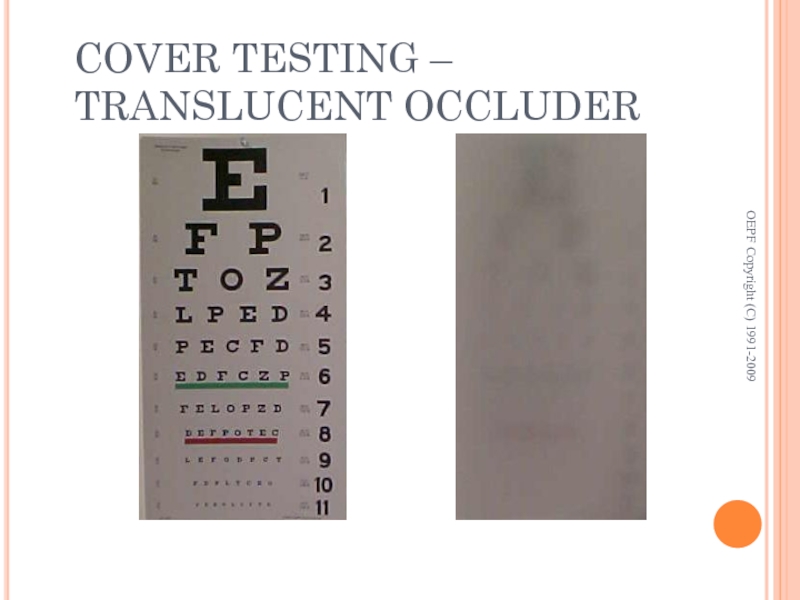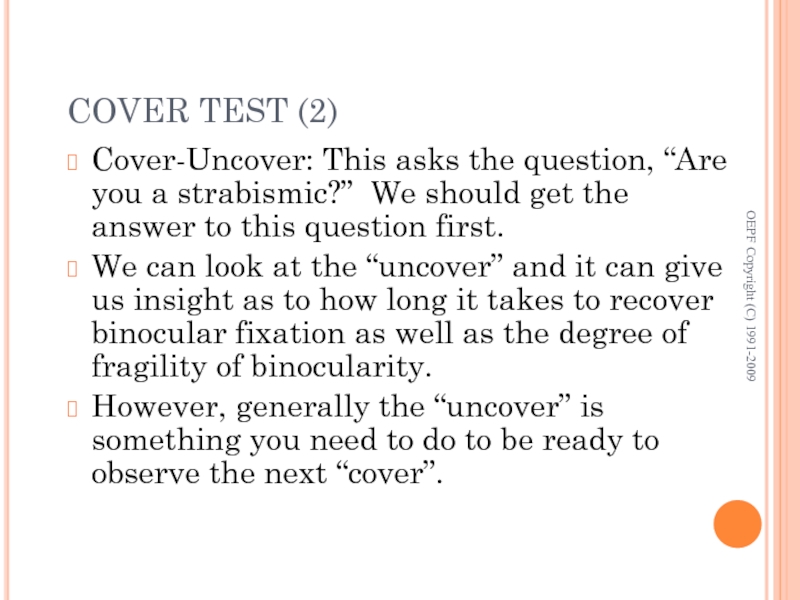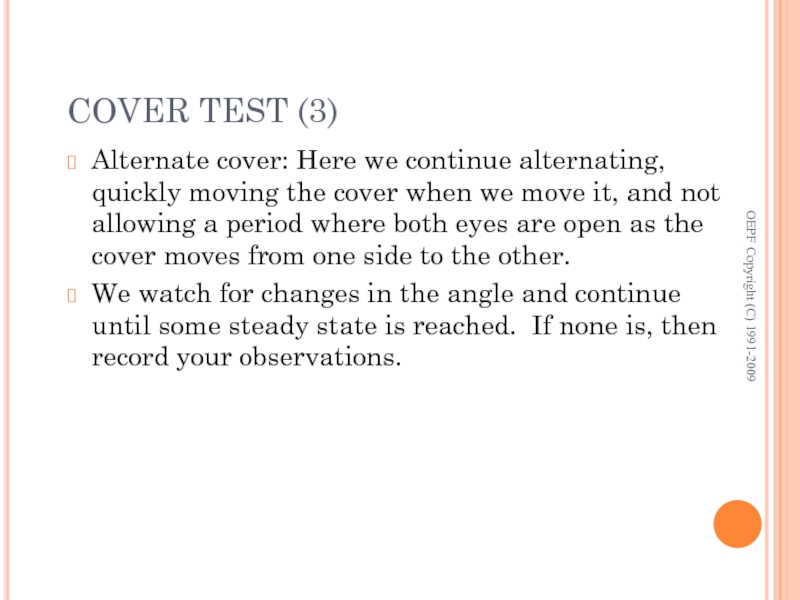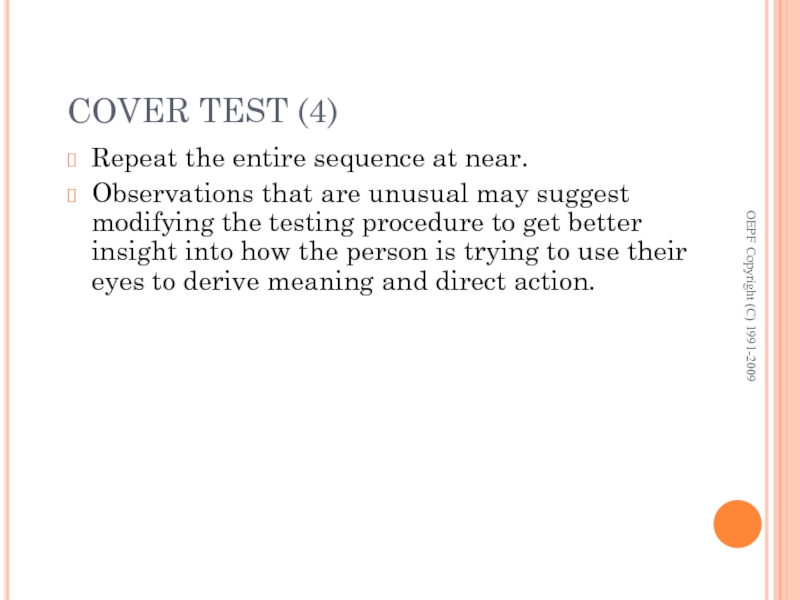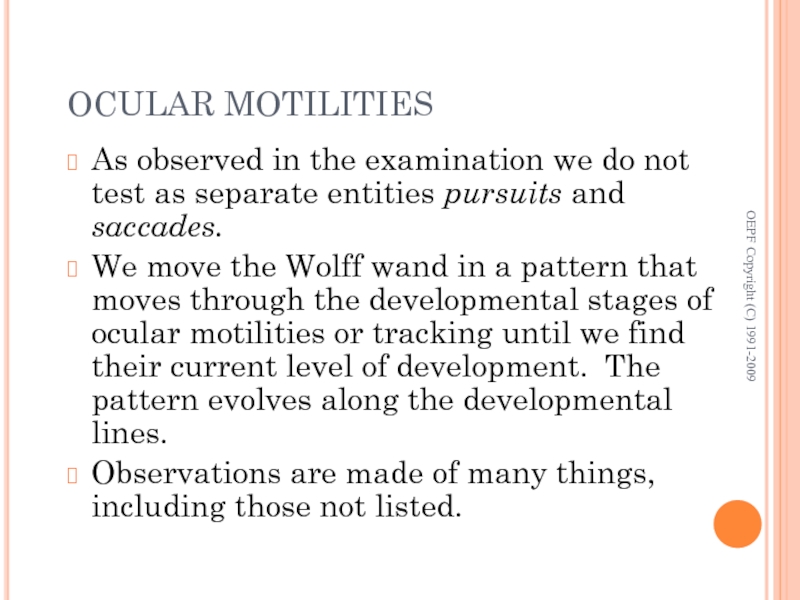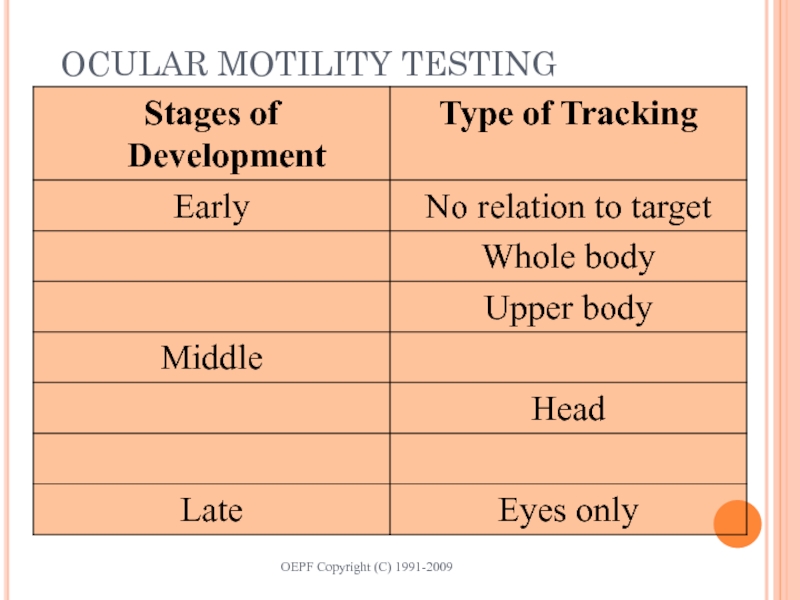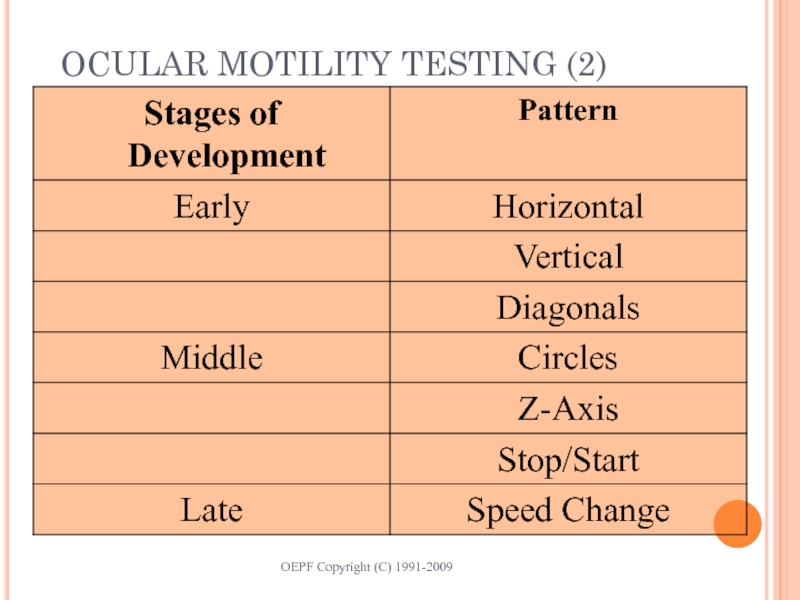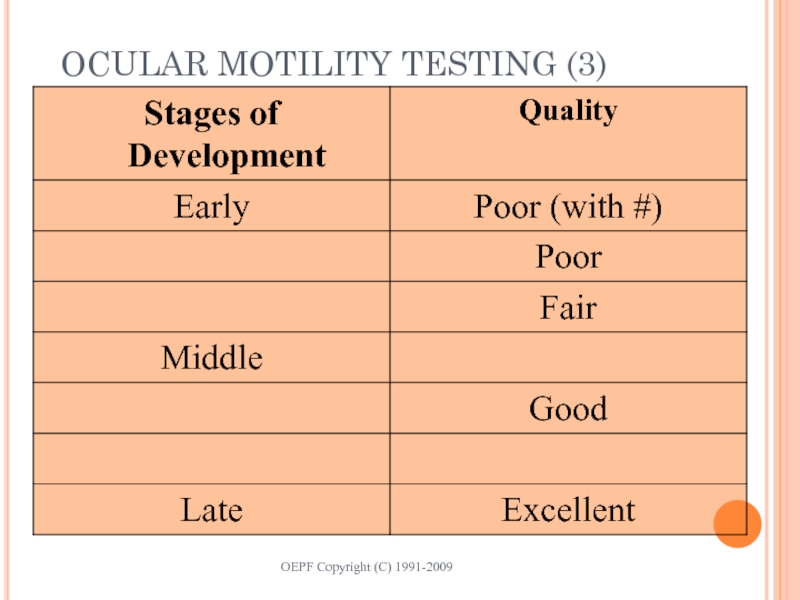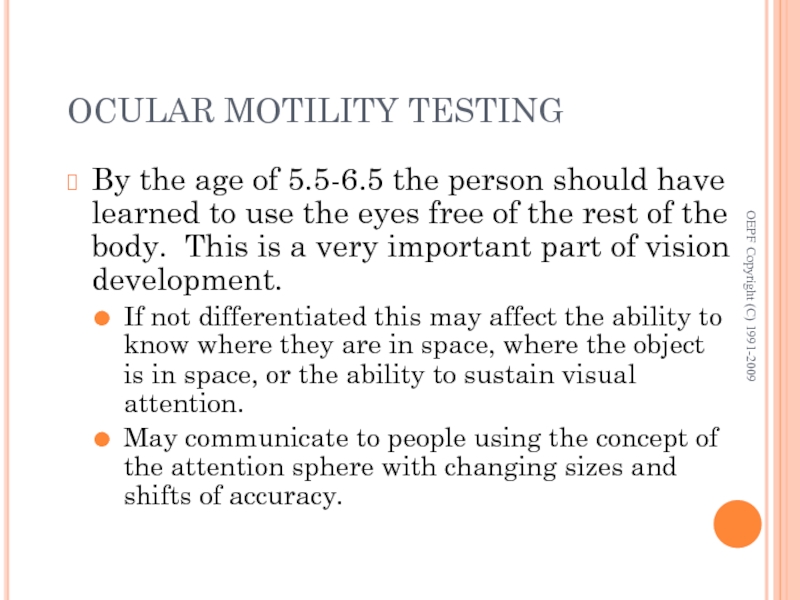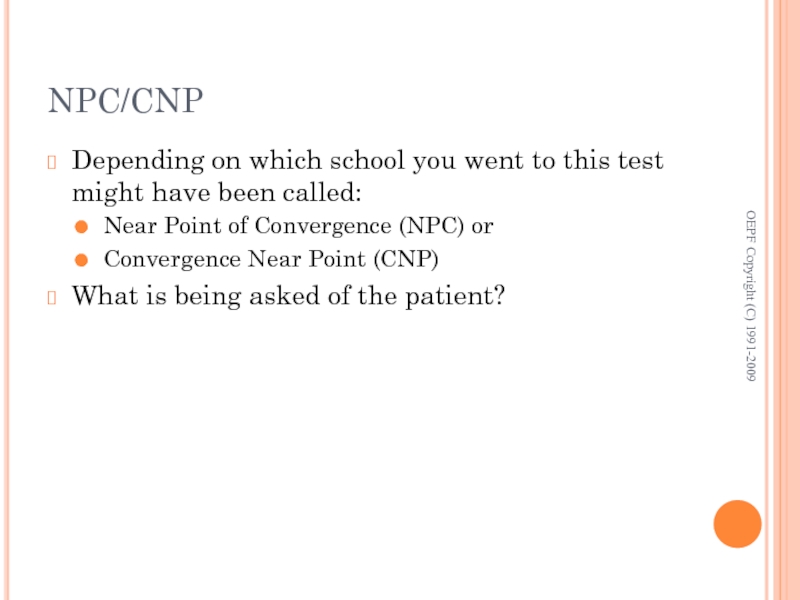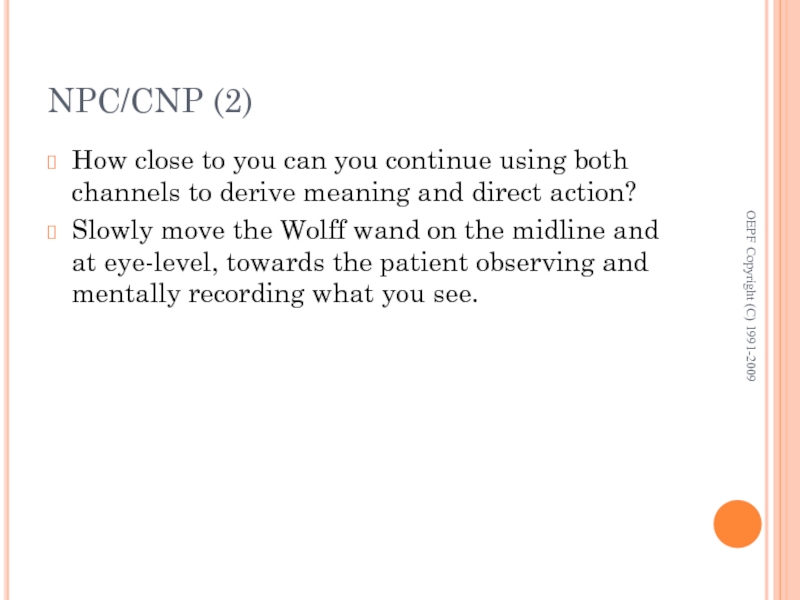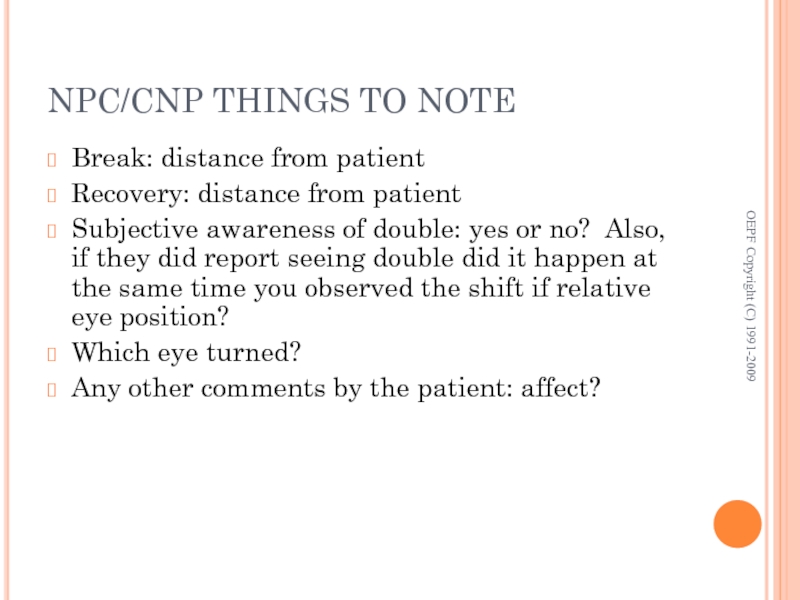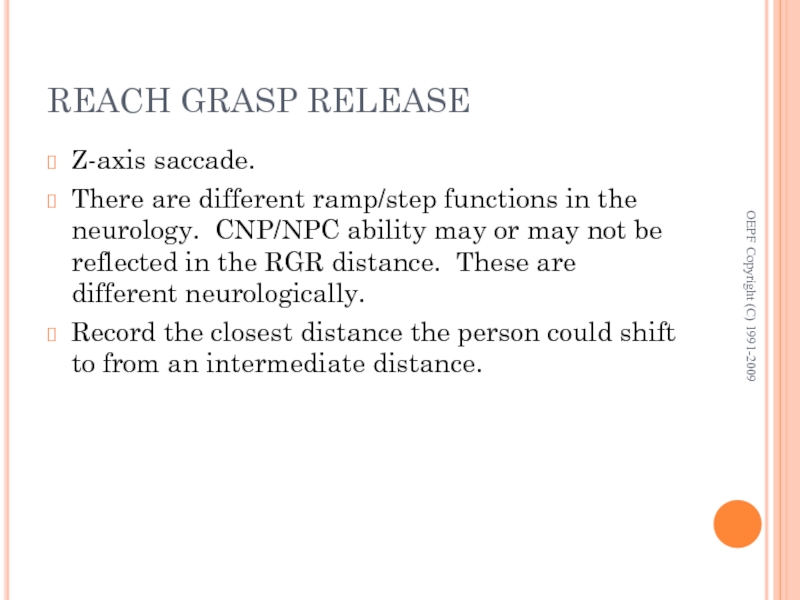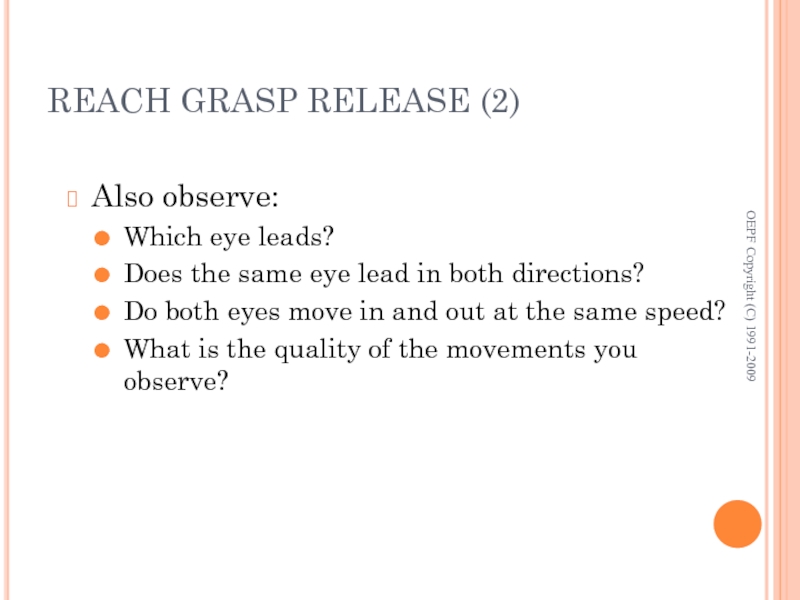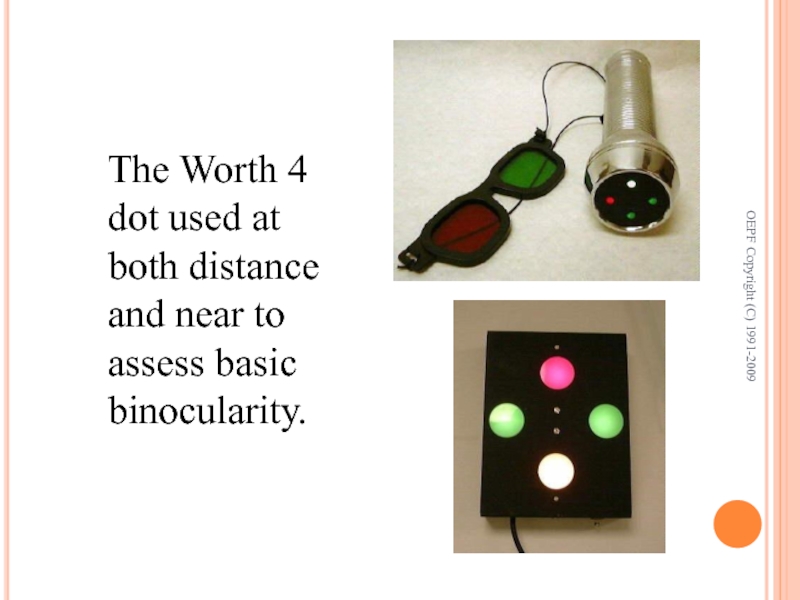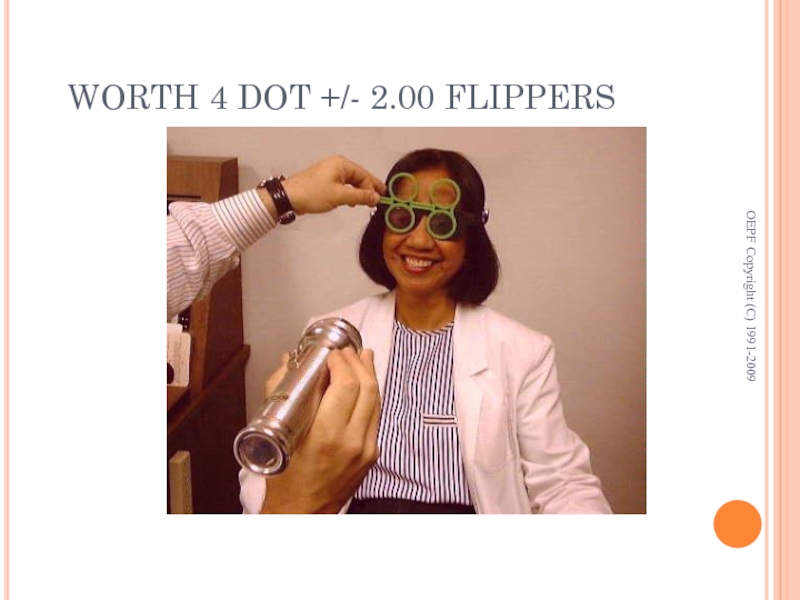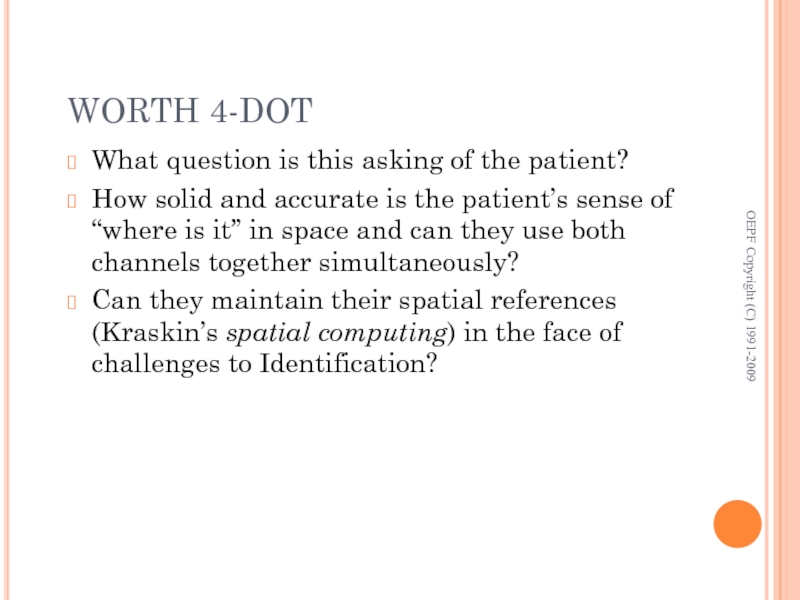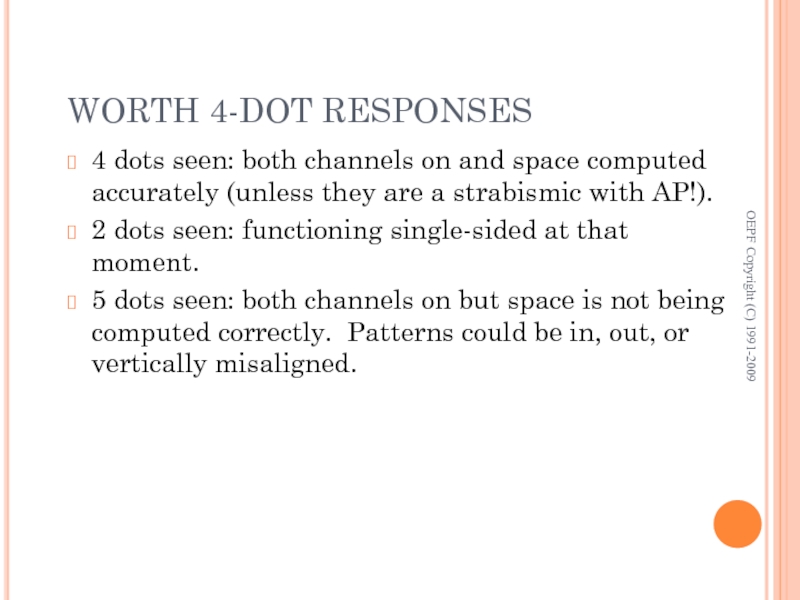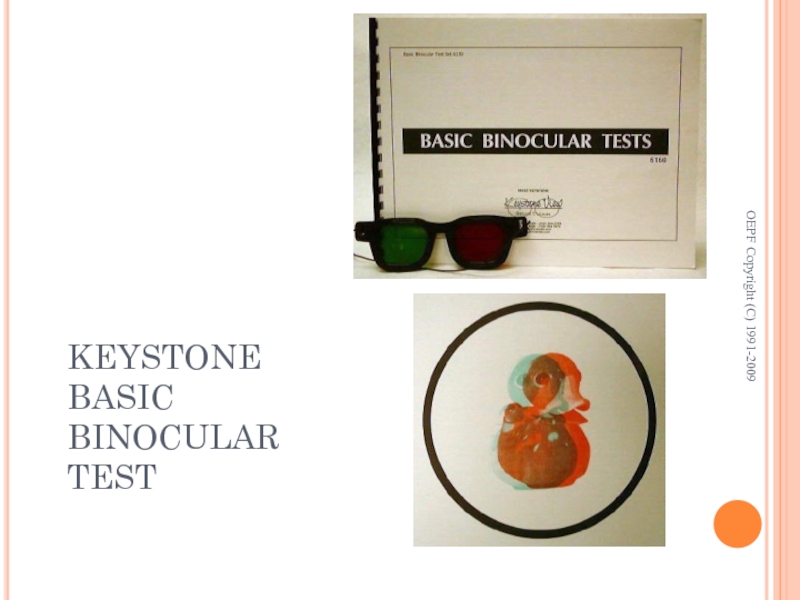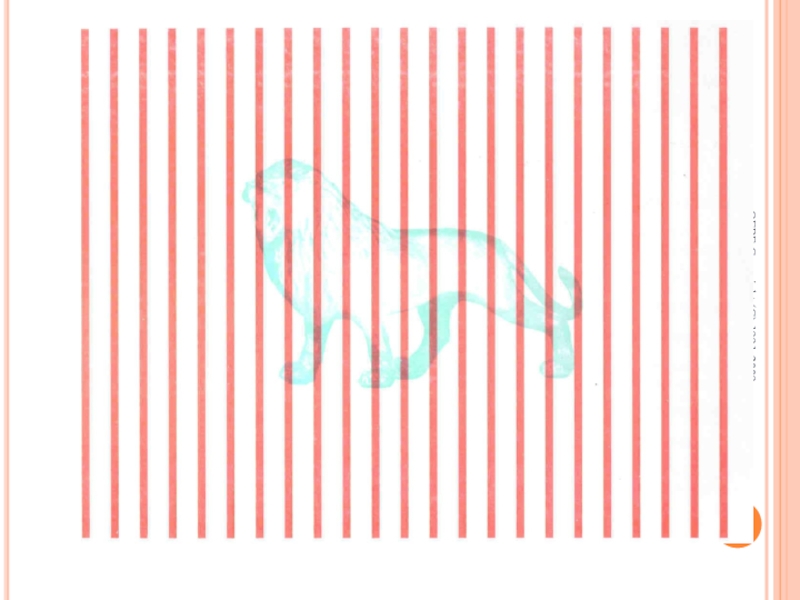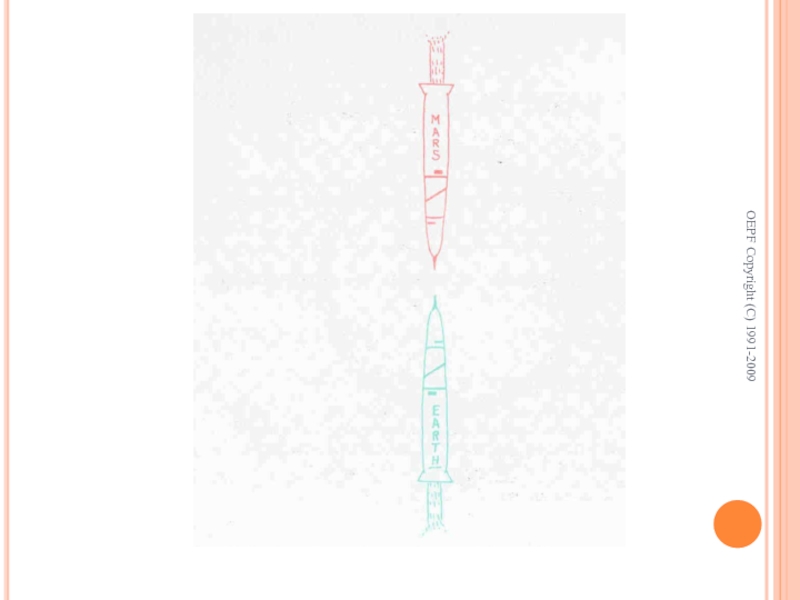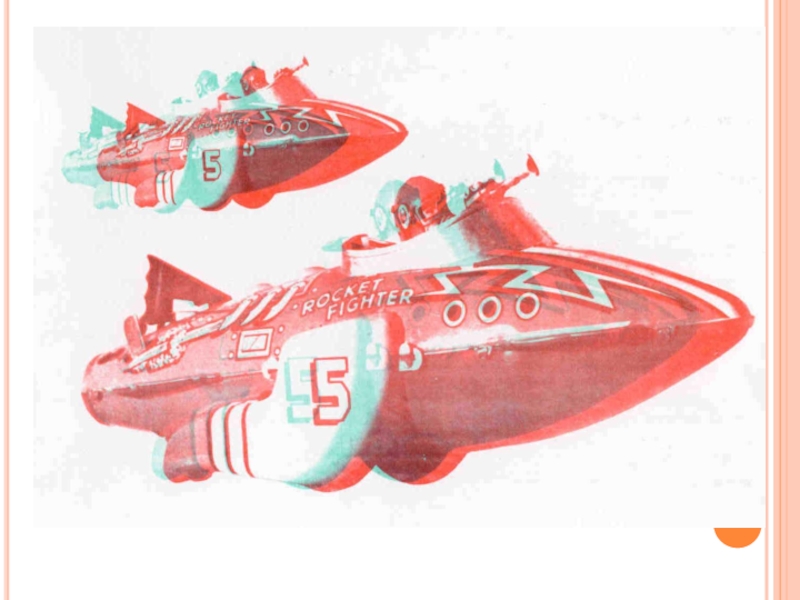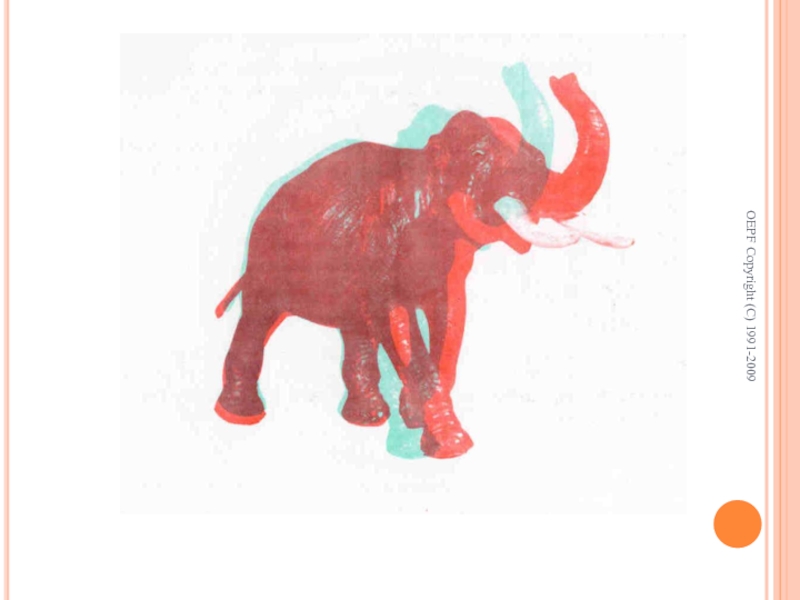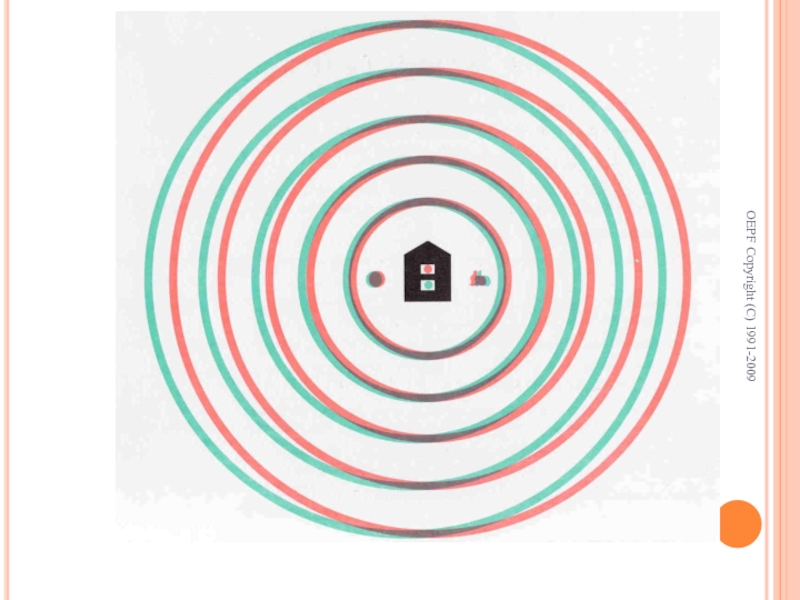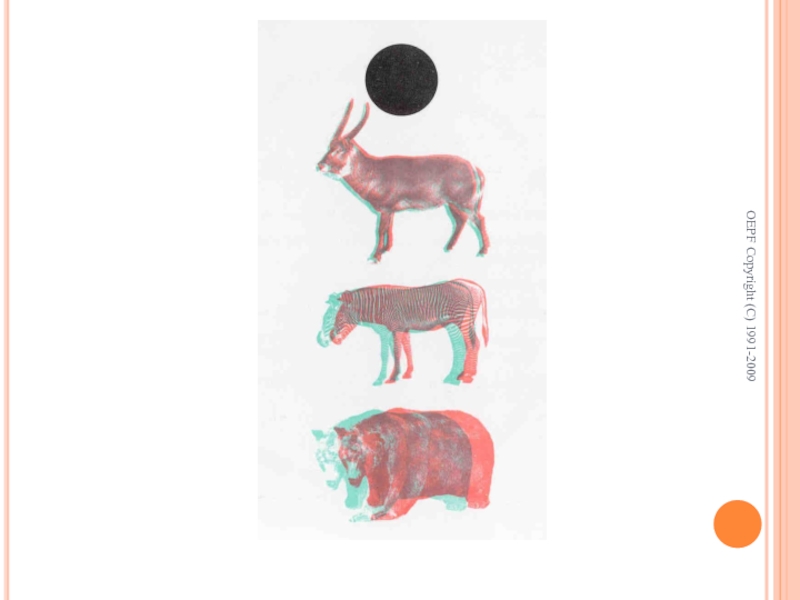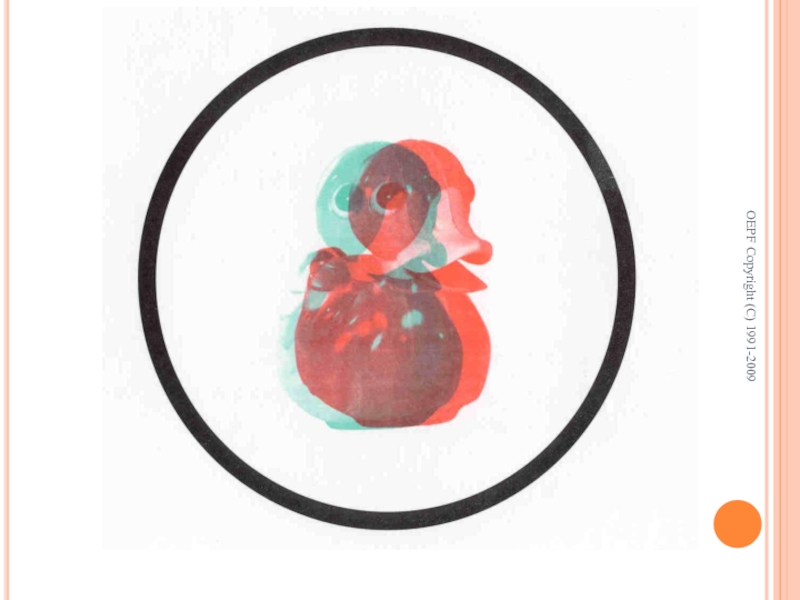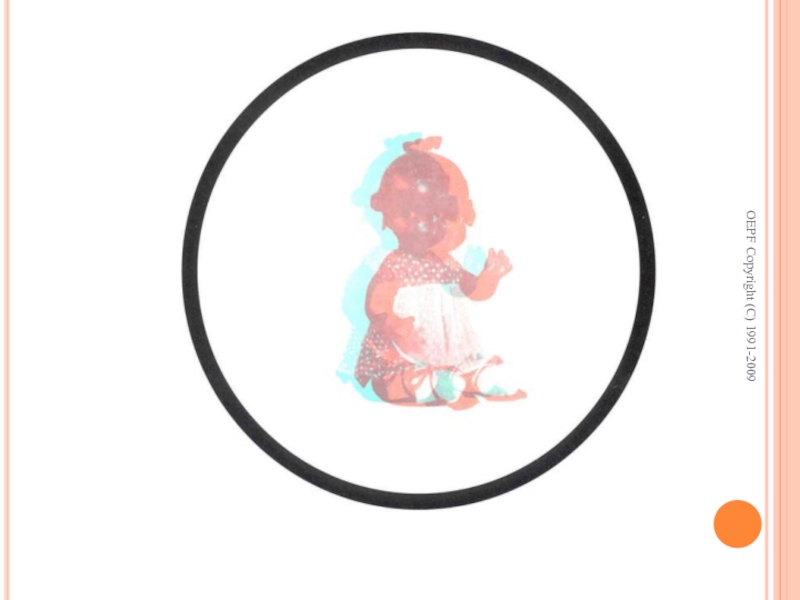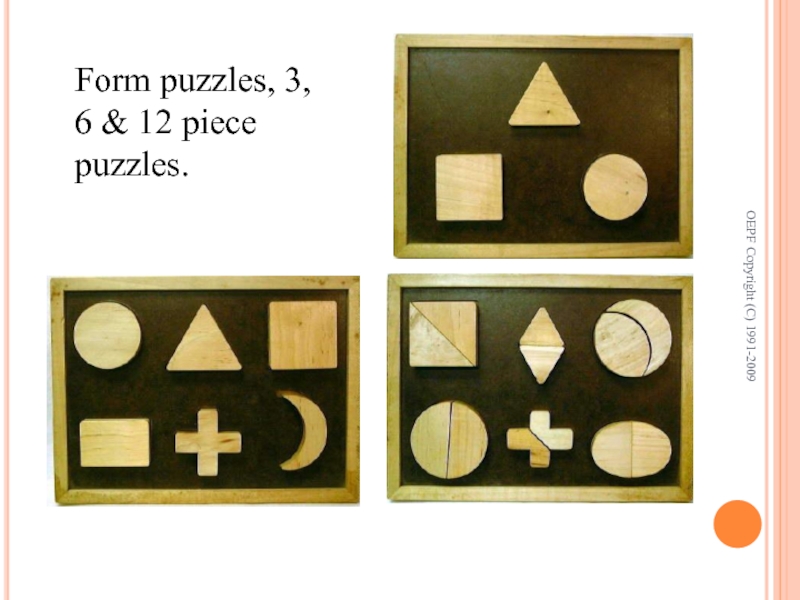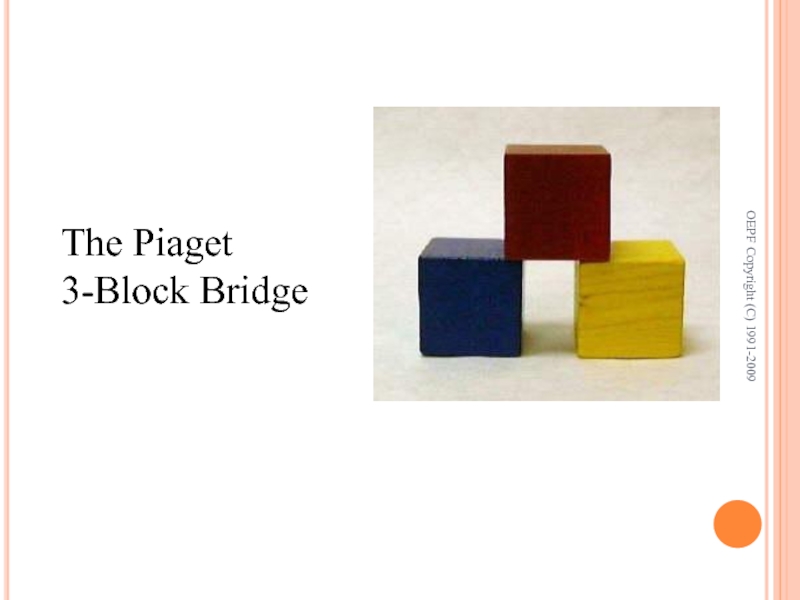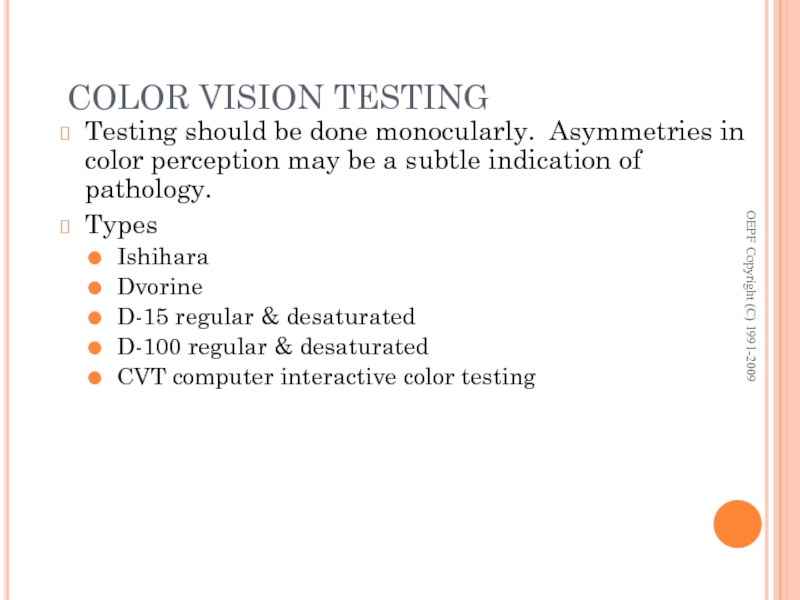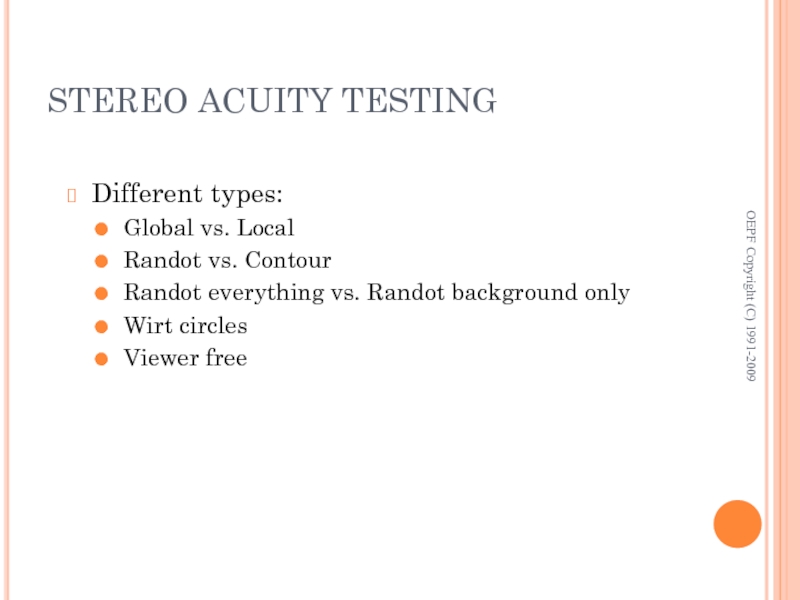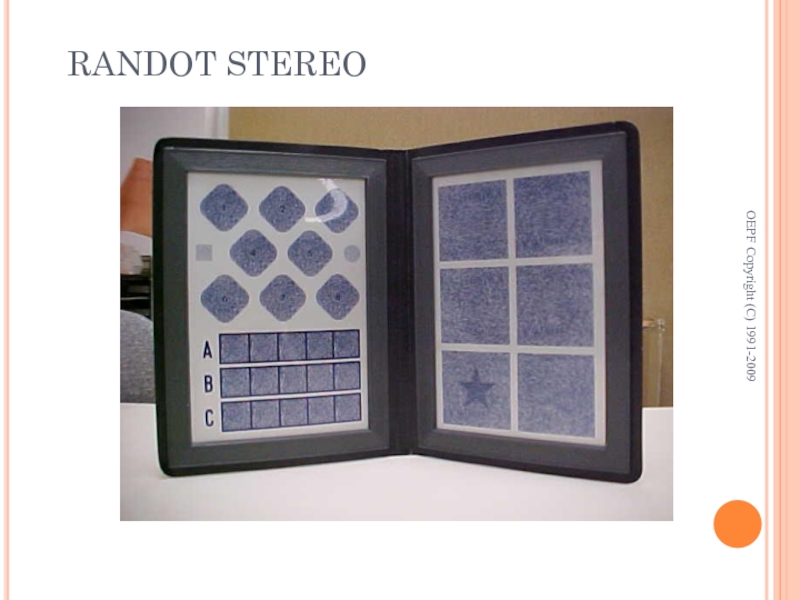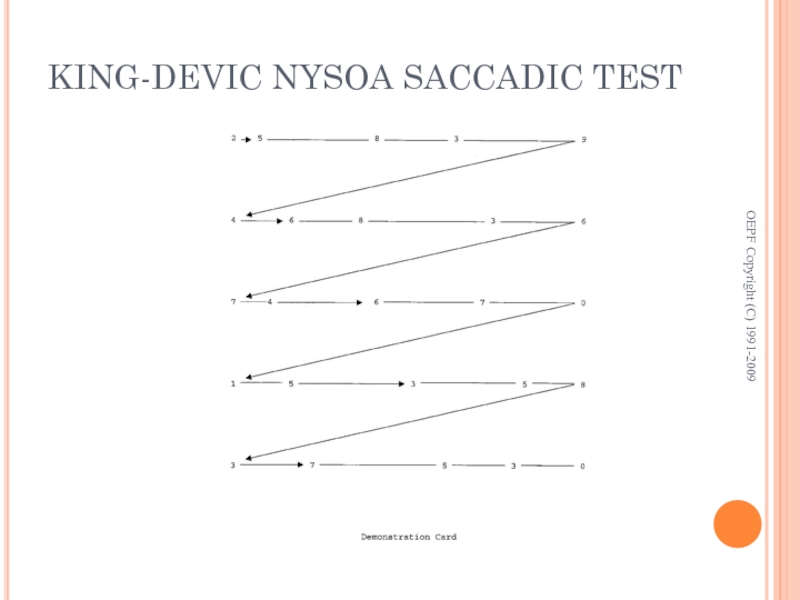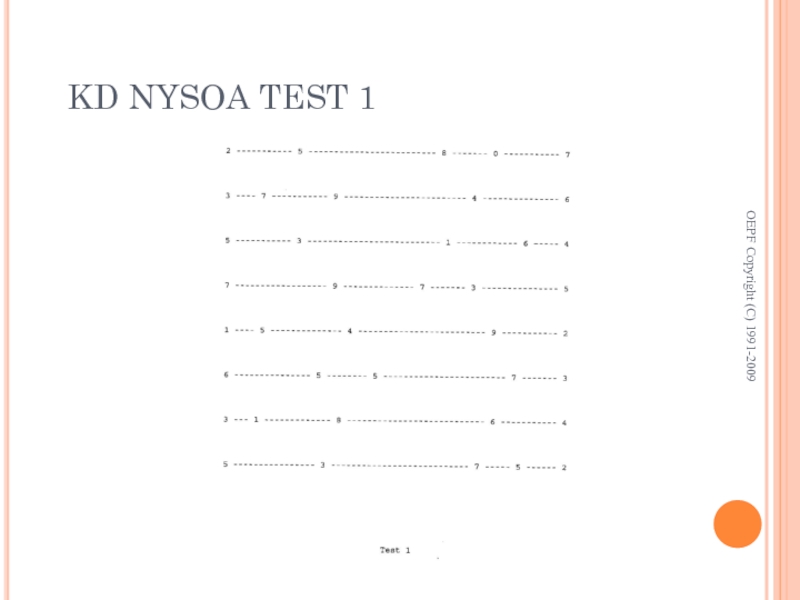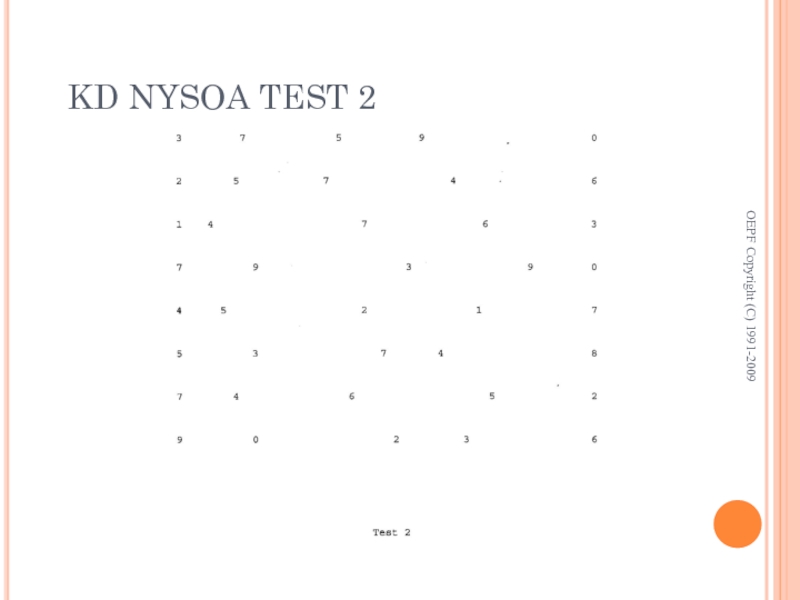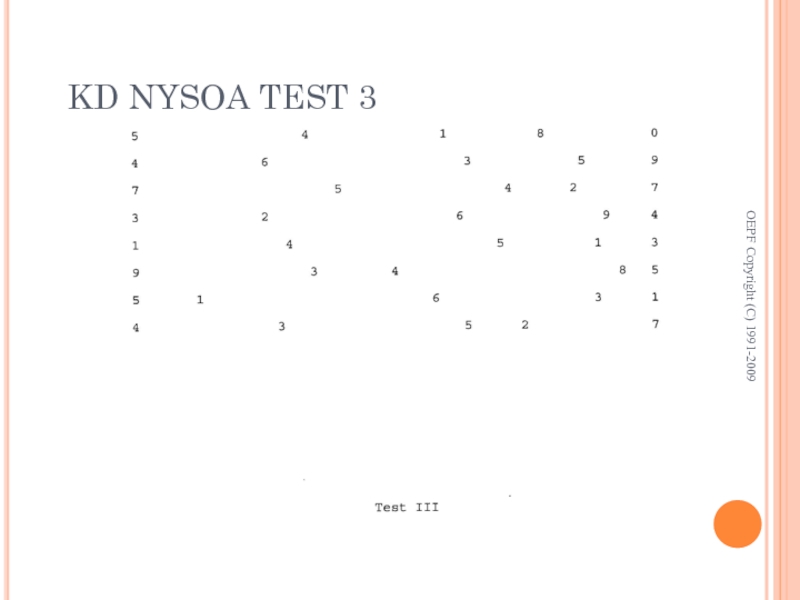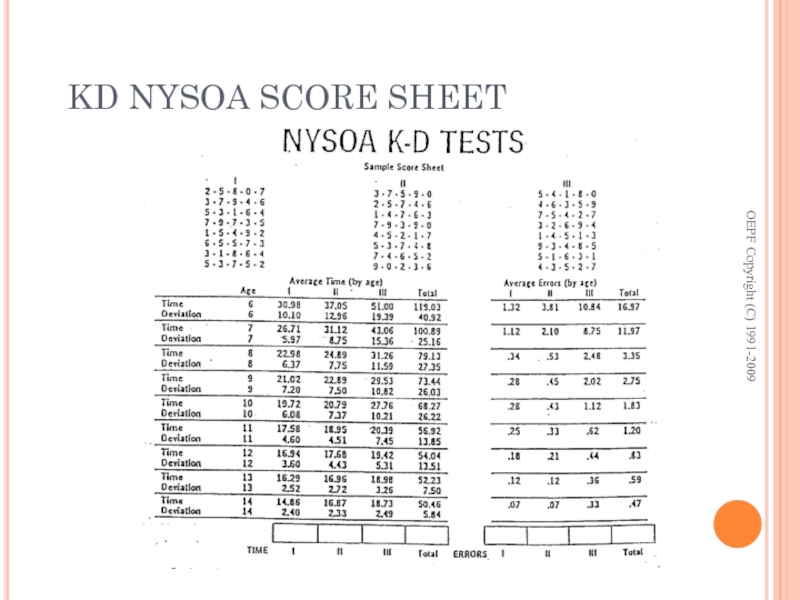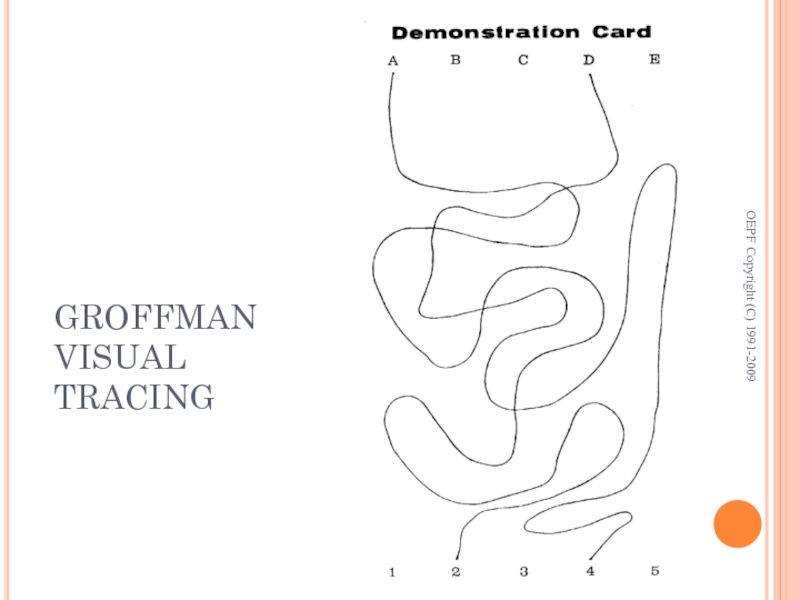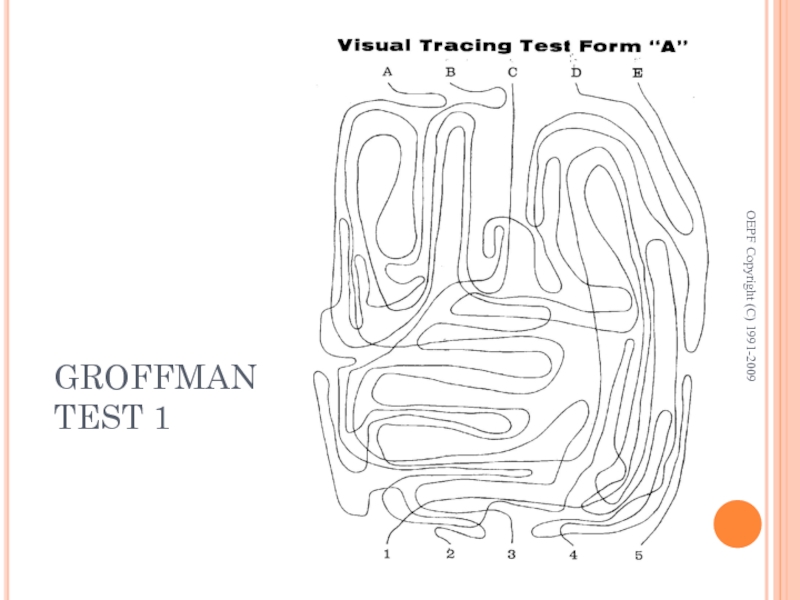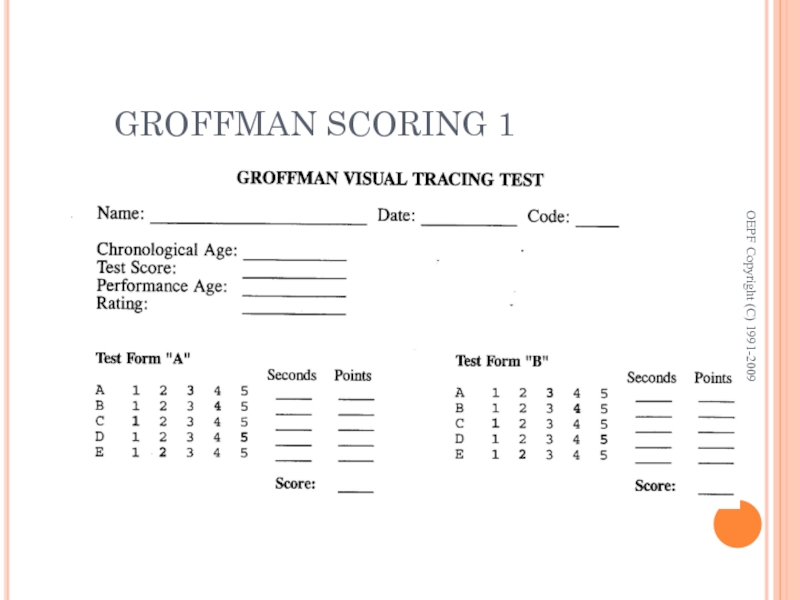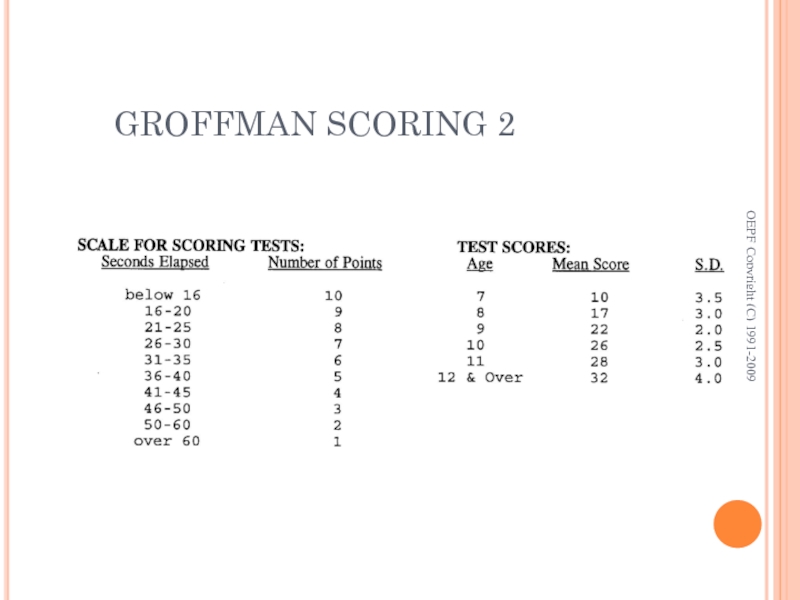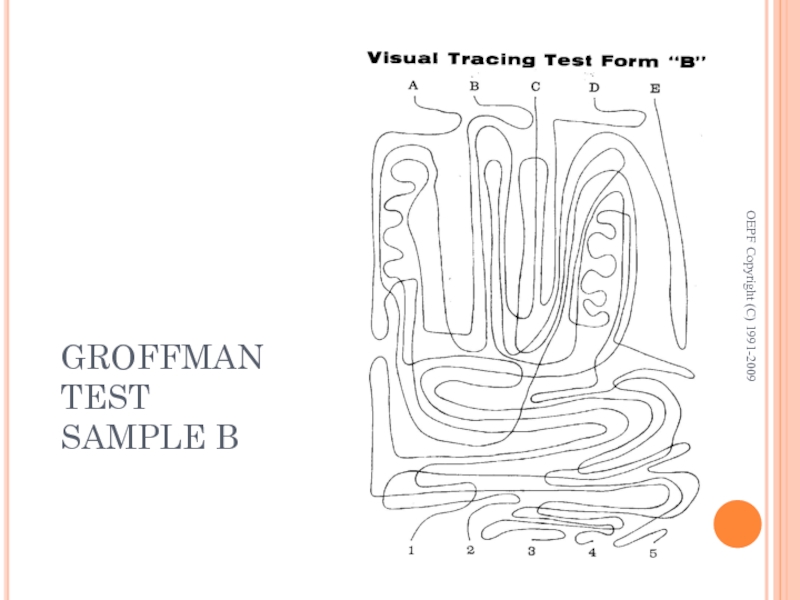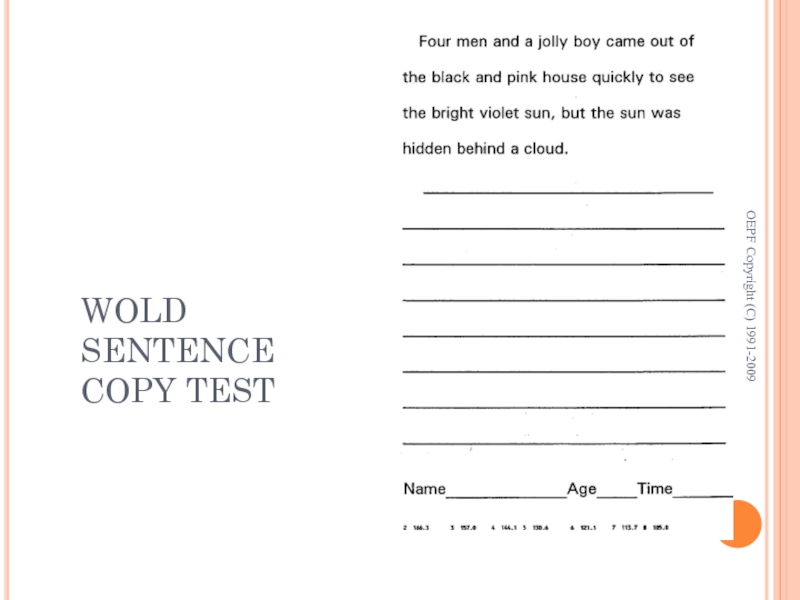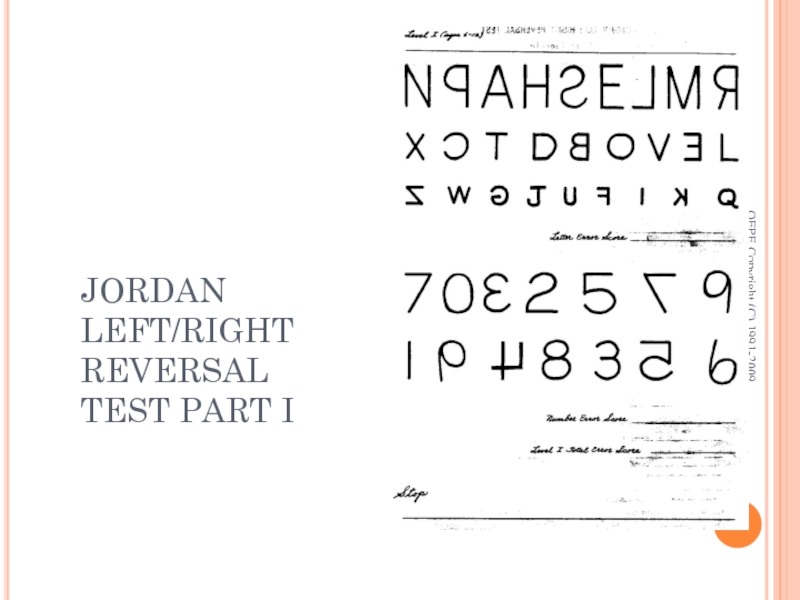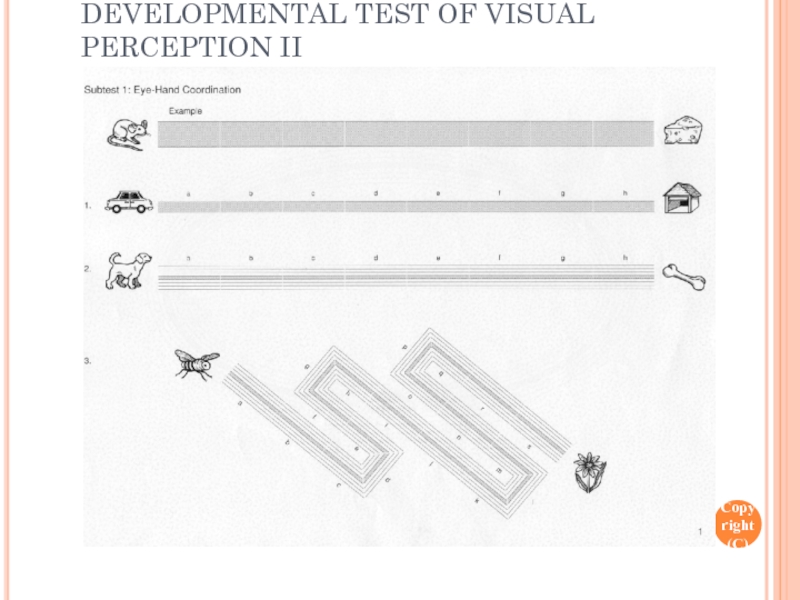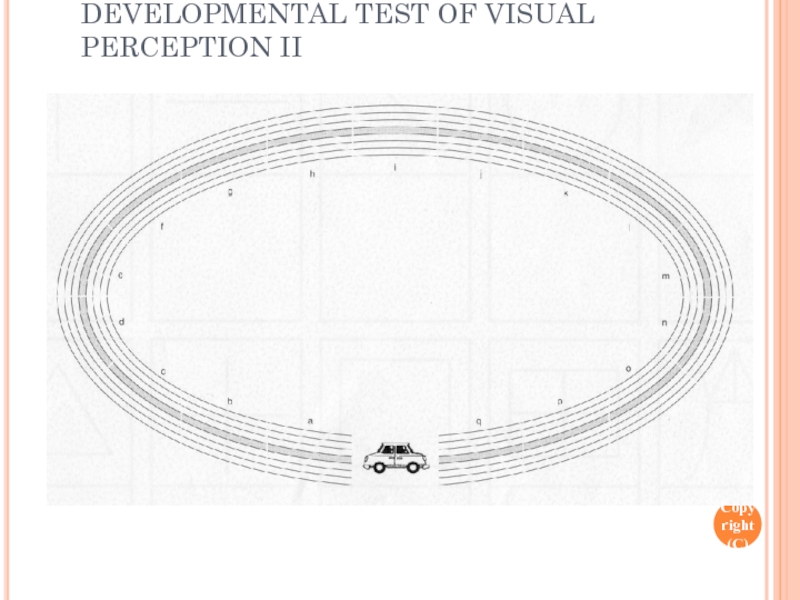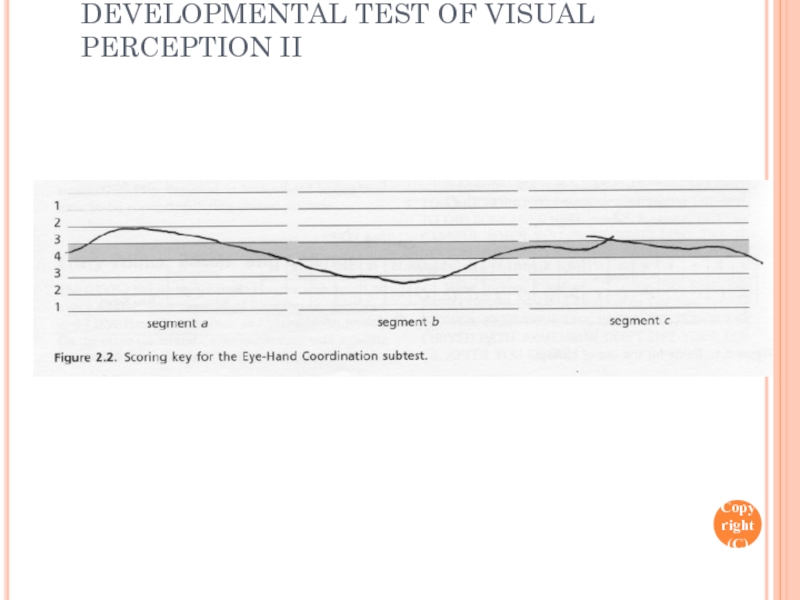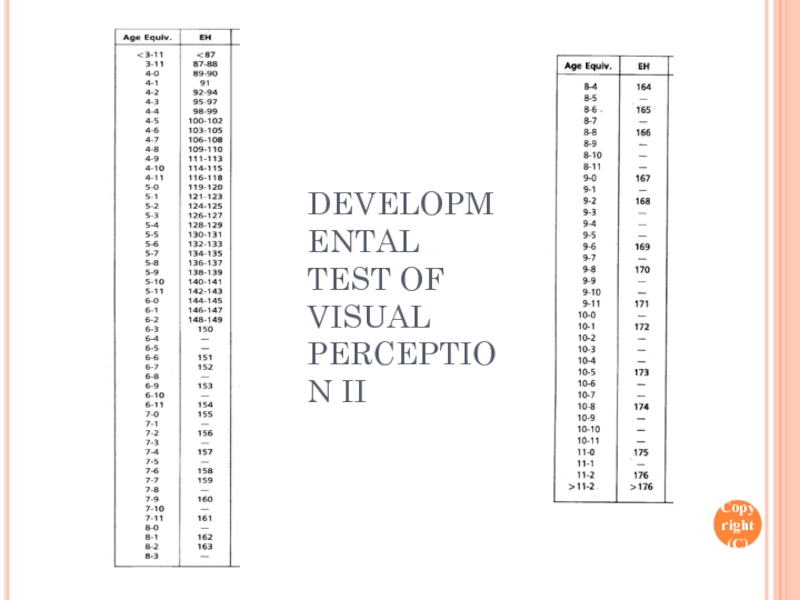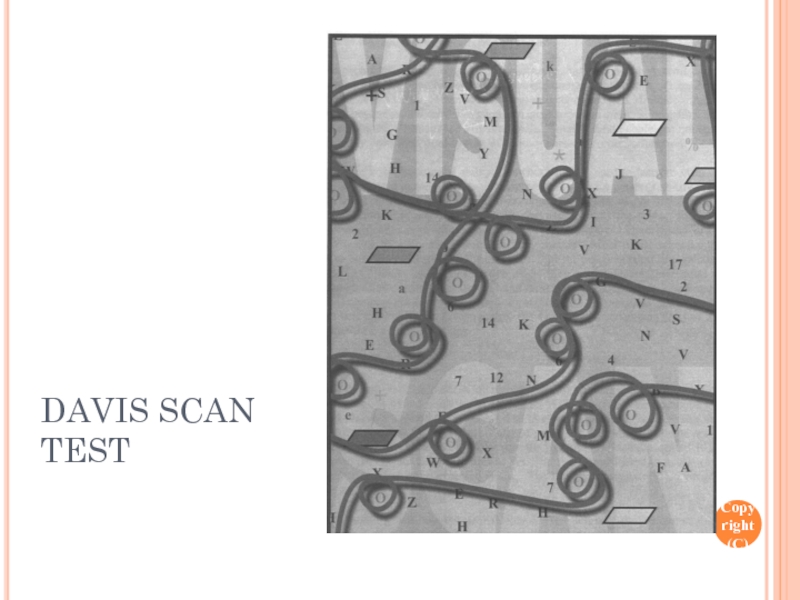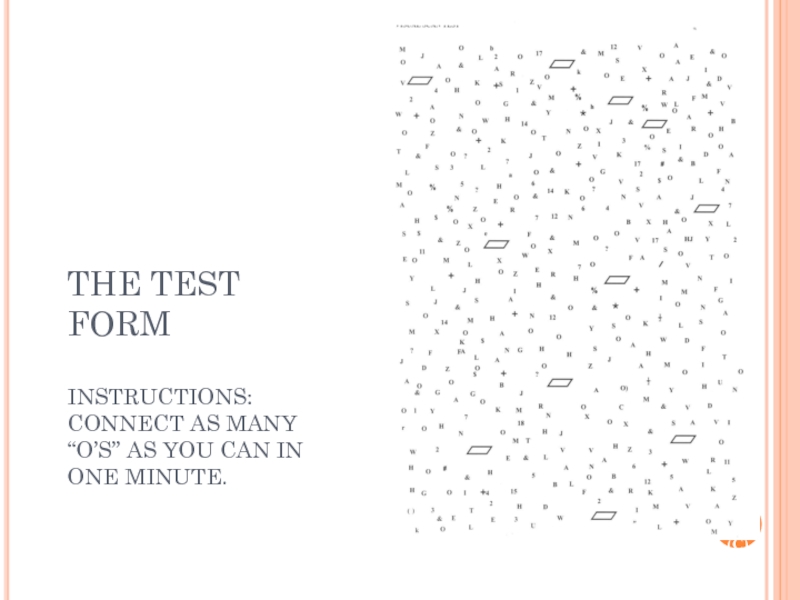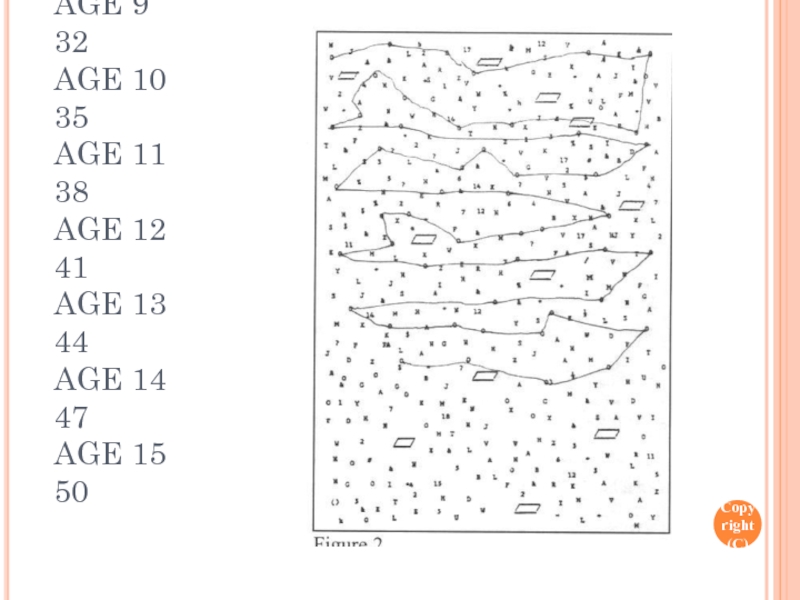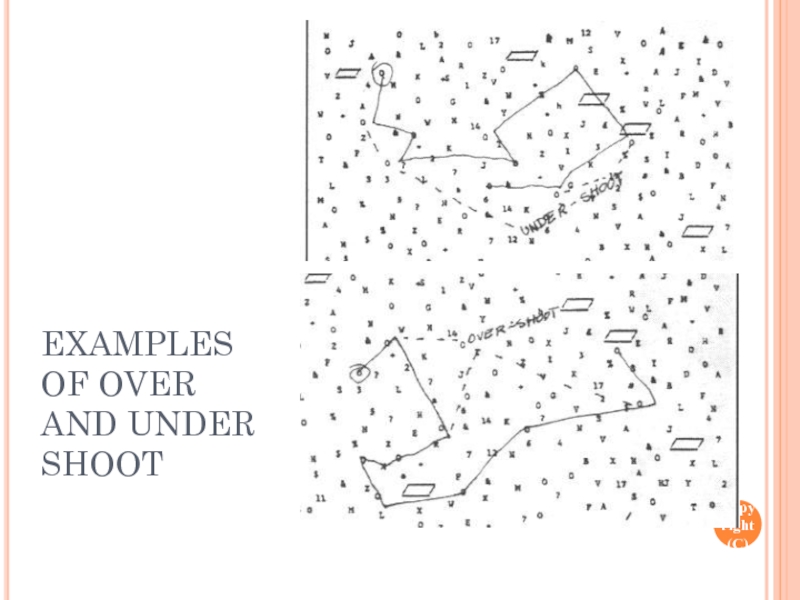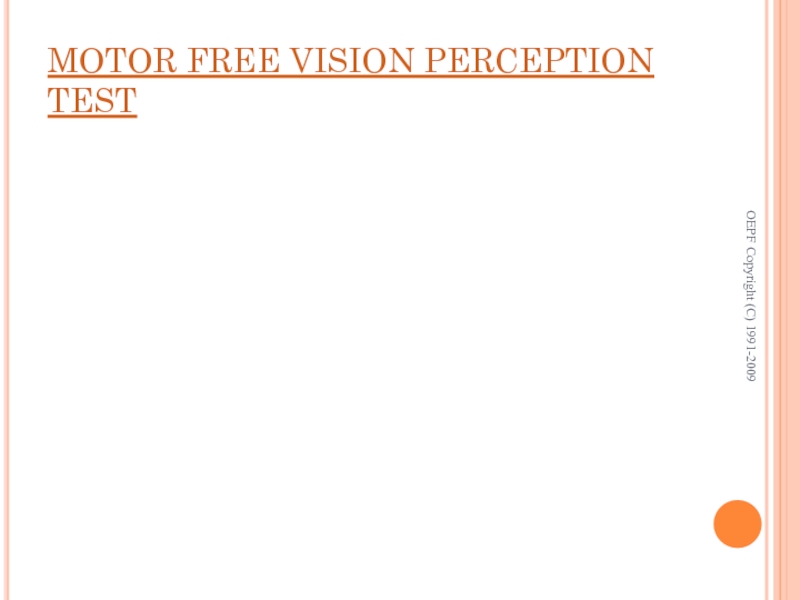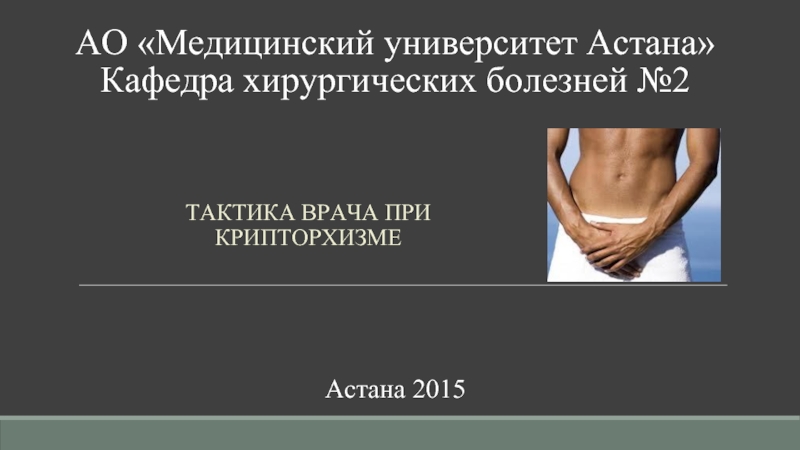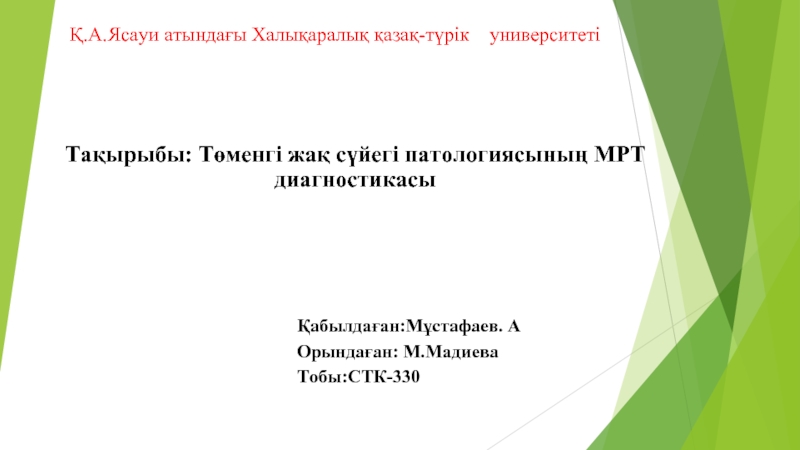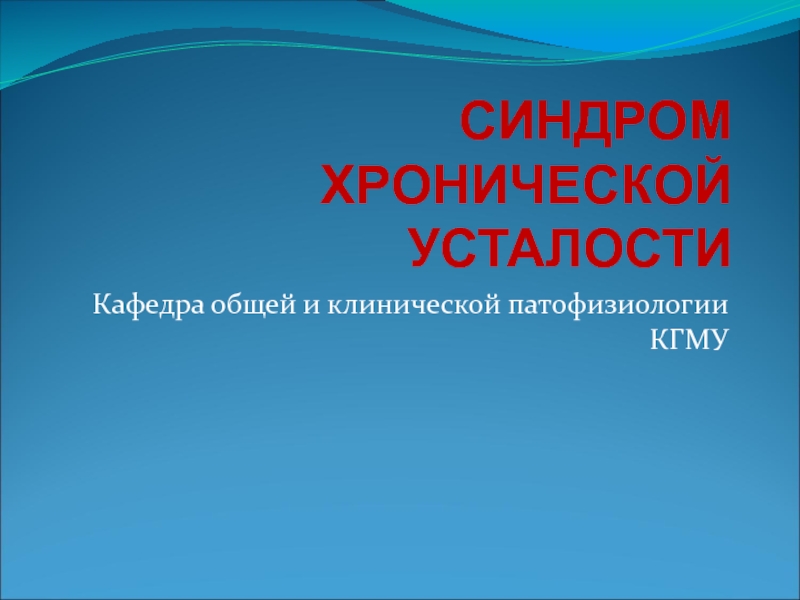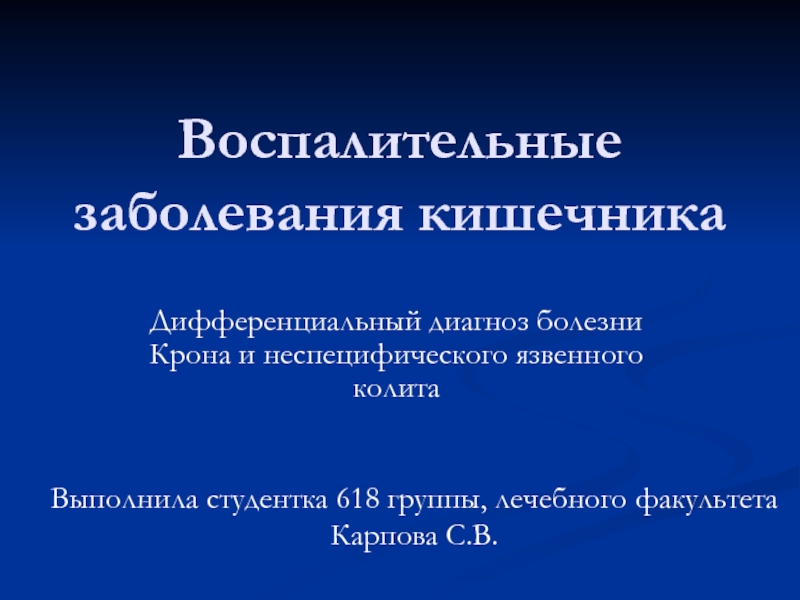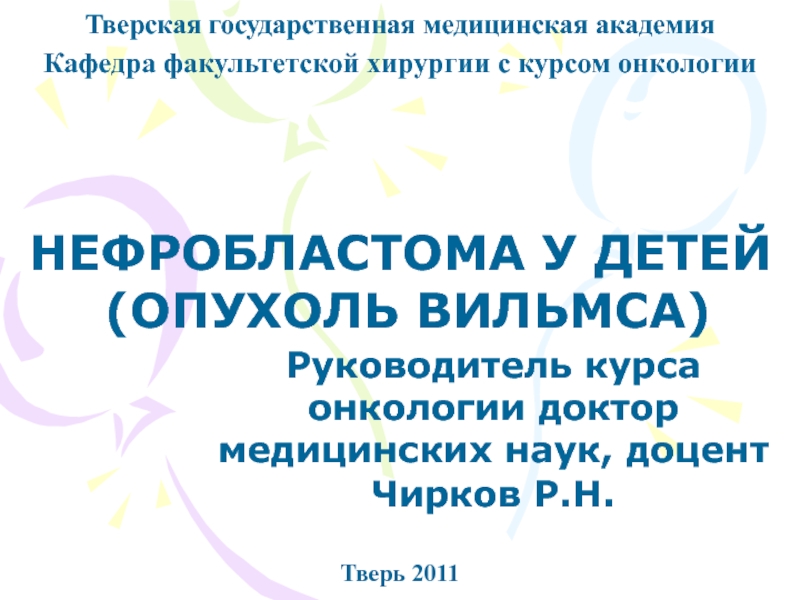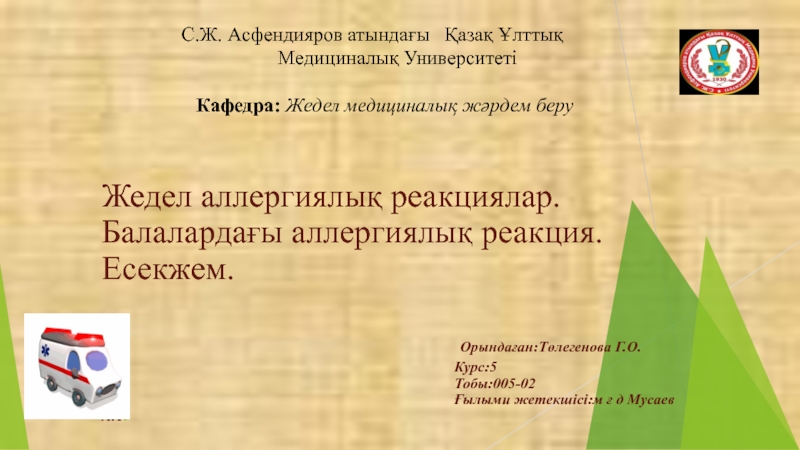- Главная
- Разное
- Дизайн
- Бизнес и предпринимательство
- Аналитика
- Образование
- Развлечения
- Красота и здоровье
- Финансы
- Государство
- Путешествия
- Спорт
- Недвижимость
- Армия
- Графика
- Культурология
- Еда и кулинария
- Лингвистика
- Английский язык
- Астрономия
- Алгебра
- Биология
- География
- Детские презентации
- Информатика
- История
- Литература
- Маркетинг
- Математика
- Медицина
- Менеджмент
- Музыка
- МХК
- Немецкий язык
- ОБЖ
- Обществознание
- Окружающий мир
- Педагогика
- Русский язык
- Технология
- Физика
- Философия
- Химия
- Шаблоны, картинки для презентаций
- Экология
- Экономика
- Юриспруденция
Visual Screening for Allied Health Professionals презентация
Содержание
- 1. Visual Screening for Allied Health Professionals
- 2. CASE HISTORY DOUBLE VISION OR THE
- 3. THE HAND SLIDE DEMONSTRATION Clap
- 4. TESTING – GENERAL THOUGHTS As we do
- 5. TESTING – GENERAL THOUGHTS (2) Get in
- 6. VISUAL ACUITY Present the paddle/occluder on the
- 7. VISUAL ACUITY (2) Take distance VA’s making
- 8. PREFERENTIAL LOOKING OEPF Copyright (C) 1991-2009
- 9. TELLER CARDS OEPF Copyright (C) 1991-2009
- 10. LEA GRATINGS OEPF Copyright (C) 1991-2009
- 11. LEA GRATINGS TESTING ORIENTATIONS OEPF Copyright (C) 1991-2009
- 12. VESTIBULAR-OCULAR REFLEX (VOR) OEPF Copyright (C) 1991-2009
- 13. OPTO-KINETIC NYSTAGMUS (OKN) OEPF Copyright (C) 1991-2009
- 14. OPTO-KINETIC NYSTAGMUS (OKN) OEPF Copyright (C) 1991-2009
- 15. OPTO-KINETIC NYSTAGMUS (OKN) OEPF Copyright (C) 1991-2009
- 16. OEPF Copyright (C) 1991-2009
- 17. Picture Chart for working with children OEPF Copyright (C) 1991-2009
- 18. The Broken Wheel Test from Bernell Corporation
- 19. COVER TEST There are two parts to
- 20. COVER TESTING – TRANSLUCENT OCCLUDER OEPF Copyright (C) 1991-2009
- 21. COVER TESTING – TRANSLUCENT OCCLUDER OEPF Copyright (C) 1991-2009
- 22. COVER TEST (2) Cover-Uncover: This asks the
- 23. COVER TEST (3) Alternate cover: Here we
- 24. COVER TEST (4) Repeat the entire sequence
- 25. OCULAR MOTILITIES As observed in the examination
- 26. OCULAR MOTILITY TESTING OEPF Copyright (C) 1991-2009
- 27. OCULAR MOTILITY TESTING (2) OEPF Copyright (C) 1991-2009
- 28. OCULAR MOTILITY TESTING (3) OEPF Copyright (C) 1991-2009
- 29. OCULAR MOTILITY TESTING By the age of
- 30. NPC/CNP Depending on which school you went
- 31. NPC/CNP (2) How close to you can
- 32. NPC/CNP THINGS TO NOTE Break: distance from
- 33. REACH GRASP RELEASE Z-axis saccade. There are
- 34. REACH GRASP RELEASE (2) Also observe: Which
- 35. The Worth 4 dot used at both
- 36. WORTH 4 DOT +/- 2.00 FLIPPERS OEPF Copyright (C) 1991-2009
- 37. WORTH 4-DOT What question is this asking
- 38. WORTH 4-DOT RESPONSES 4 dots seen: both
- 39. KEYSTONE BASIC BINOCULAR TEST OEPF Copyright (C) 1991-2009
- 40. OEPF Copyright (C) 1991-2009
- 41. OEPF Copyright (C) 1991-2009
- 42. OEPF Copyright (C) 1991-2009
- 43. OEPF Copyright (C) 1991-2009
- 44. OEPF Copyright (C) 1991-2009
- 45. OEPF Copyright (C) 1991-2009
- 46. OEPF Copyright (C) 1991-2009
- 47. OEPF Copyright (C) 1991-2009
- 48. Form puzzles, 3, 6 & 12 piece puzzles. OEPF Copyright (C) 1991-2009
- 49. The Piaget 3-Block Bridge OEPF Copyright (C) 1991-2009
- 50. COLOR VISION TESTING Testing should be done
- 51. STEREO ACUITY TESTING Different types: Global vs.
- 52. RANDOT STEREO OEPF Copyright (C) 1991-2009
- 53. KING-DEVIC NYSOA SACCADIC TEST OEPF Copyright (C) 1991-2009
- 54. KD NYSOA TEST 1 OEPF Copyright (C) 1991-2009
- 55. KD NYSOA TEST 2 OEPF Copyright (C) 1991-2009
- 56. KD NYSOA TEST 3 OEPF Copyright (C) 1991-2009
- 57. KD NYSOA SCORE SHEET OEPF Copyright (C) 1991-2009
- 58. GROFFMAN VISUAL TRACING OEPF Copyright (C) 1991-2009
- 59. GROFFMAN TEST 1 OEPF Copyright (C) 1991-2009
- 60. GROFFMAN SCORING 1 OEPF Copyright (C) 1991-2009
- 61. GROFFMAN SCORING 2 OEPF Copyright (C) 1991-2009
- 62. GROFFMAN TEST SAMPLE B OEPF Copyright (C) 1991-2009
- 63. WOLD SENTENCE COPY TEST OEPF Copyright (C) 1991-2009
- 64. JORDAN LEFT/RIGHT REVERSAL TEST PART I OEPF Copyright (C) 1991-2009
- 65. OEPF Copyright (C) 1991-2009 DEVELOPMENTAL TEST OF VISUAL PERCEPTION II
- 66. OEPF Copyright (C) 1991-2009 DEVELOPMENTAL TEST OF VISUAL PERCEPTION II
- 67. OEPF Copyright (C) 1991-2009 DEVELOPMENTAL TEST OF VISUAL PERCEPTION II
- 68. OEPF Copyright (C) 1991-2009 DEVELOPMENTAL TEST OF VISUAL PERCEPTION II
- 69. OEPF Copyright (C) 1991-2009 DAVIS SCAN TEST
- 70. OEPF Copyright (C) 1991-2009 THE TEST FORM
- 71. OEPF Copyright (C) 1991-2009 NORMS AGE
- 72. OEPF Copyright (C) 1991-2009 EXAMPLES OF OVER AND UNDER SHOOT
- 73. MOTOR FREE VISION PERCEPTION TEST OEPF Copyright (C) 1991-2009
- 74. THANK YOU Contact Information: Paul Harris, OD
Слайд 2CASE HISTORY
DOUBLE VISION OR THE CASE OF THE MOVING LETTERS/WORDS.
Do
Even when they say, “No” ask using the hand method or show them the sliding overhead demonstration.
OEPF Copyright (C) 1991-2009
Слайд 3THE HAND SLIDE DEMONSTRATION
Clap your hands together in front
OEPF Copyright (C) 1991-2009
Слайд 4TESTING – GENERAL THOUGHTS
As we do each test or each part
Individual tests do not test specific aspects of “vision”.
Any one test may be the key that helps us gain insight into that patient.
OEPF Copyright (C) 1991-2009
Слайд 5TESTING – GENERAL THOUGHTS (2)
Get in and get out!
Do it fast.
What
It may not be necessary to split hairs and find the exact level of development or the exact range of performance. Assess quickly if they have the necessary skills/abilities or not.
In most instances the level obtained from a quick assessment will provide all the information necessary to derive the alternatives of care for that patient.
OEPF Copyright (C) 1991-2009
Слайд 6VISUAL ACUITY
Present the paddle/occluder on the midline and ask them to
This sets the stage to gain insight into the patient’s laterality and directionality development.
Watch to see if they either enlist help/support of others or if others correct the patient. Be sure to let others know, if they help out, that this kind of thing is part of the testing and you would prefer them to just watch.
OEPF Copyright (C) 1991-2009
Слайд 7VISUAL ACUITY (2)
Take distance VA’s making sure to get right eye,
Make note of anything out of the ordinary.
OEPF Copyright (C) 1991-2009
Слайд 18The Broken Wheel Test from Bernell Corporation done by Dr. Jack
OEPF Copyright (C) 1991-2009
Слайд 19COVER TEST
There are two parts to this test the alternate cover
What questions does each part ask of the person?
OEPF Copyright (C) 1991-2009
Слайд 22COVER TEST (2)
Cover-Uncover: This asks the question, “Are you a strabismic?”
We can look at the “uncover” and it can give us insight as to how long it takes to recover binocular fixation as well as the degree of fragility of binocularity.
However, generally the “uncover” is something you need to do to be ready to observe the next “cover”.
OEPF Copyright (C) 1991-2009
Слайд 23COVER TEST (3)
Alternate cover: Here we continue alternating, quickly moving the
We watch for changes in the angle and continue until some steady state is reached. If none is, then record your observations.
OEPF Copyright (C) 1991-2009
Слайд 24COVER TEST (4)
Repeat the entire sequence at near.
Observations that are unusual
OEPF Copyright (C) 1991-2009
Слайд 25OCULAR MOTILITIES
As observed in the examination we do not test as
We move the Wolff wand in a pattern that moves through the developmental stages of ocular motilities or tracking until we find their current level of development. The pattern evolves along the developmental lines.
Observations are made of many things, including those not listed.
OEPF Copyright (C) 1991-2009
Слайд 29OCULAR MOTILITY TESTING
By the age of 5.5-6.5 the person should have
If not differentiated this may affect the ability to know where they are in space, where the object is in space, or the ability to sustain visual attention.
May communicate to people using the concept of the attention sphere with changing sizes and shifts of accuracy.
OEPF Copyright (C) 1991-2009
Слайд 30NPC/CNP
Depending on which school you went to this test might have
Near Point of Convergence (NPC) or
Convergence Near Point (CNP)
What is being asked of the patient?
OEPF Copyright (C) 1991-2009
Слайд 31NPC/CNP (2)
How close to you can you continue using both channels
Slowly move the Wolff wand on the midline and at eye-level, towards the patient observing and mentally recording what you see.
OEPF Copyright (C) 1991-2009
Слайд 32NPC/CNP THINGS TO NOTE
Break: distance from patient
Recovery: distance from patient
Subjective awareness
Which eye turned?
Any other comments by the patient: affect?
OEPF Copyright (C) 1991-2009
Слайд 33REACH GRASP RELEASE
Z-axis saccade.
There are different ramp/step functions in the neurology.
Record the closest distance the person could shift to from an intermediate distance.
OEPF Copyright (C) 1991-2009
Слайд 34REACH GRASP RELEASE (2)
Also observe:
Which eye leads?
Does the same eye
Do both eyes move in and out at the same speed?
What is the quality of the movements you observe?
OEPF Copyright (C) 1991-2009
Слайд 35The Worth 4 dot used at both distance and near to
OEPF Copyright (C) 1991-2009
Слайд 37WORTH 4-DOT
What question is this asking of the patient?
How solid and
Can they maintain their spatial references (Kraskin’s spatial computing) in the face of challenges to Identification?
OEPF Copyright (C) 1991-2009
Слайд 38WORTH 4-DOT RESPONSES
4 dots seen: both channels on and space computed
2 dots seen: functioning single-sided at that moment.
5 dots seen: both channels on but space is not being computed correctly. Patterns could be in, out, or vertically misaligned.
OEPF Copyright (C) 1991-2009
Слайд 50COLOR VISION TESTING
Testing should be done monocularly. Asymmetries in color perception
Types
Ishihara
Dvorine
D-15 regular & desaturated
D-100 regular & desaturated
CVT computer interactive color testing
OEPF Copyright (C) 1991-2009
Слайд 51STEREO ACUITY TESTING
Different types:
Global vs. Local
Randot vs. Contour
Randot everything vs.
Wirt circles
Viewer free
OEPF Copyright (C) 1991-2009
Слайд 70OEPF Copyright (C) 1991-2009
THE TEST FORM
INSTRUCTIONS: CONNECT AS MANY “O’S” AS
Слайд 71OEPF Copyright (C) 1991-2009
NORMS
AGE 5 20
AGE 6
Слайд 74THANK YOU
Contact Information:
Paul Harris, OD
110 Old Padonia Road, Suite 300
Cockeysville, MD
Phone: 410-252-5777
Fax: 410-252-1719
Email: Paul.HarrisOD@gmail.com
Web: www.paulharrisod.com
OEPF Copyright (C) 1991-2009
